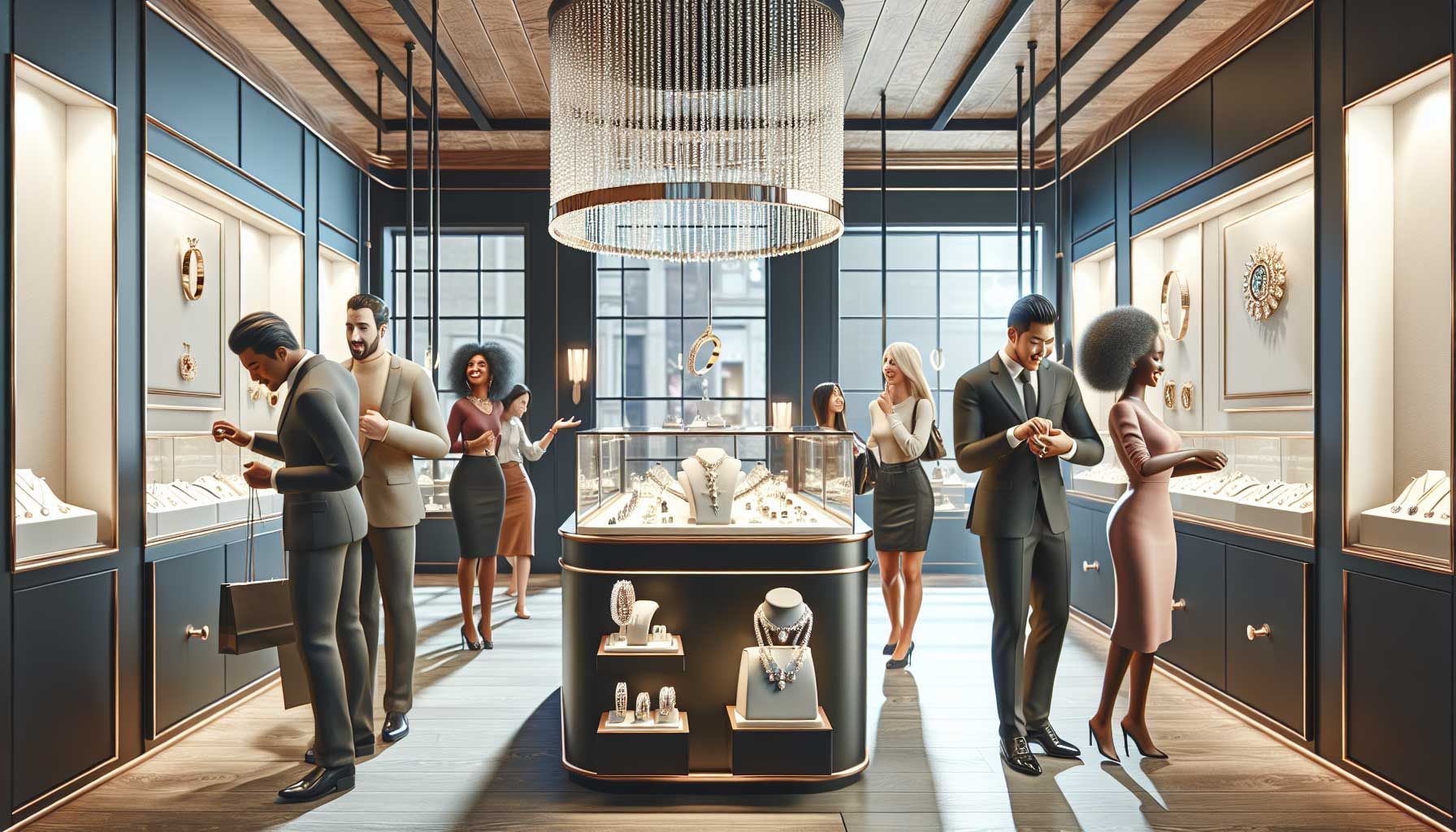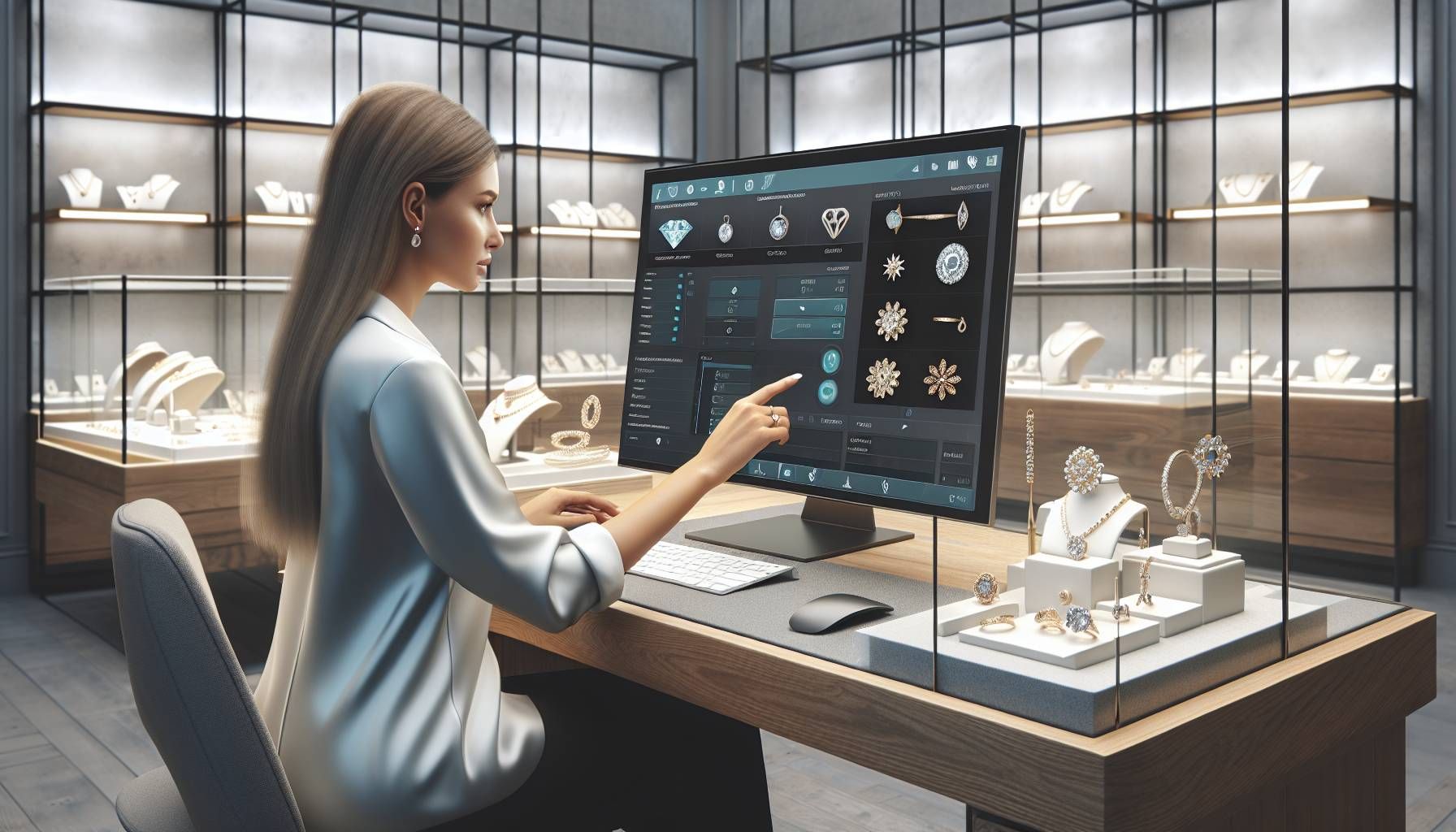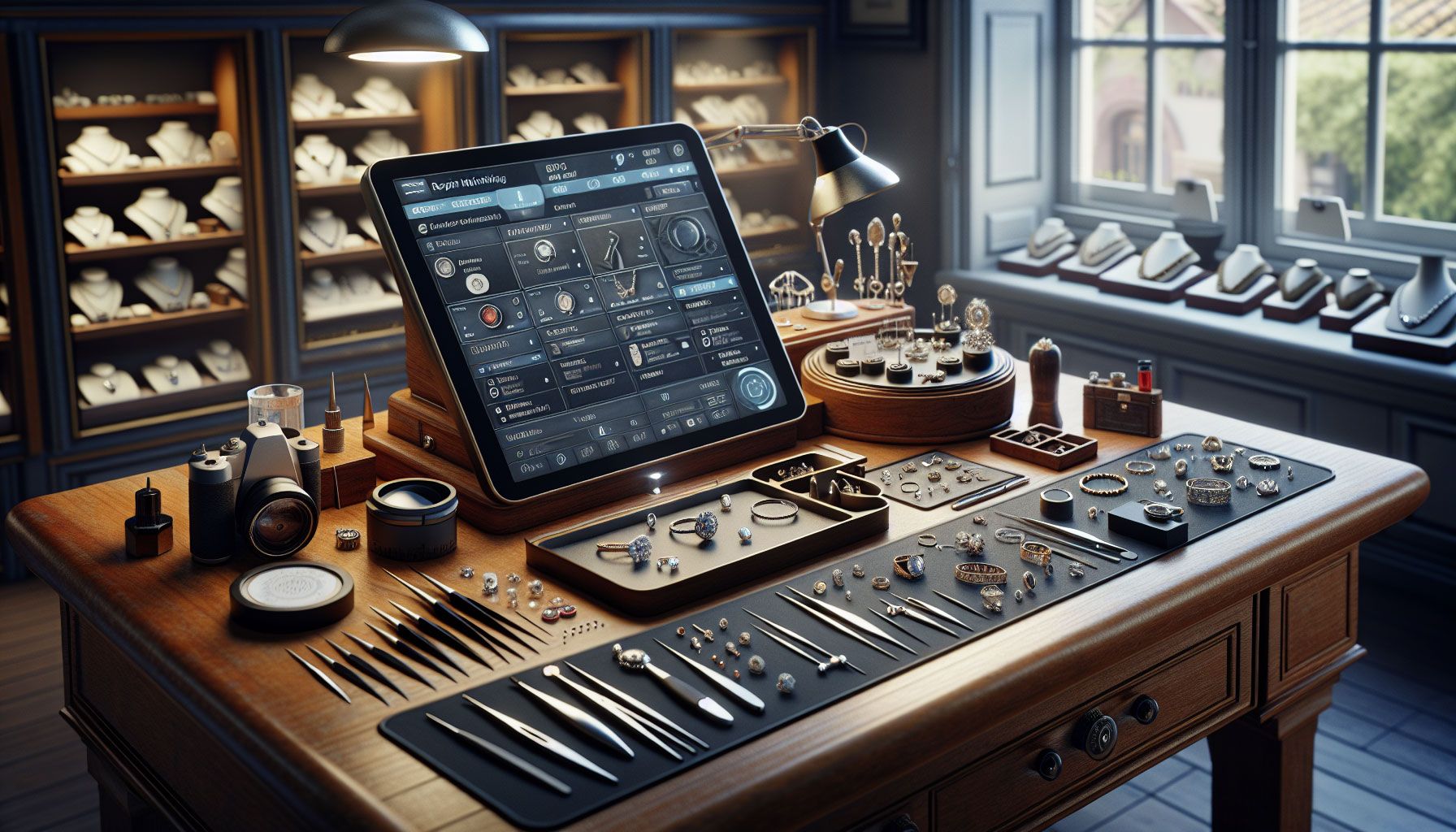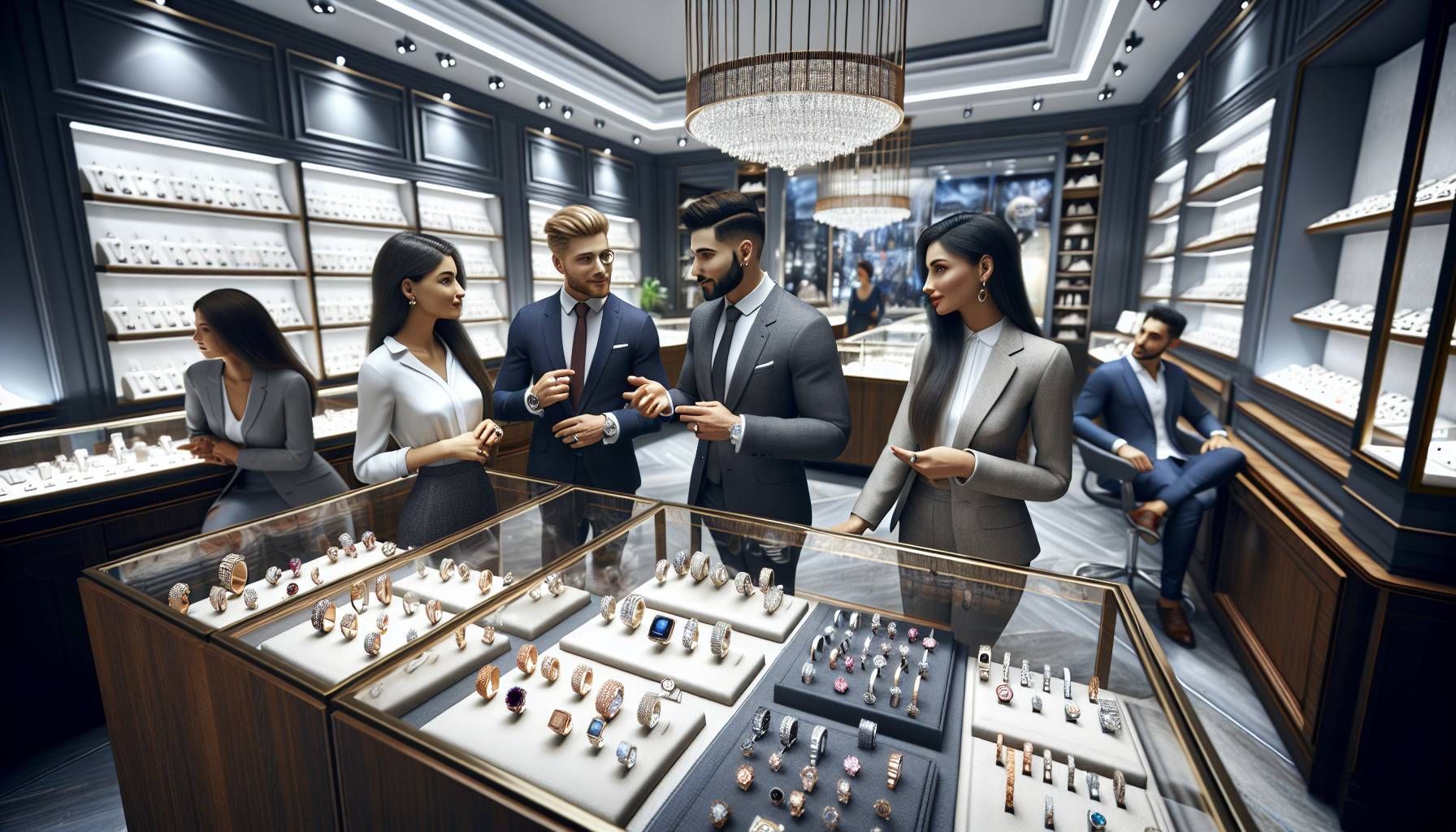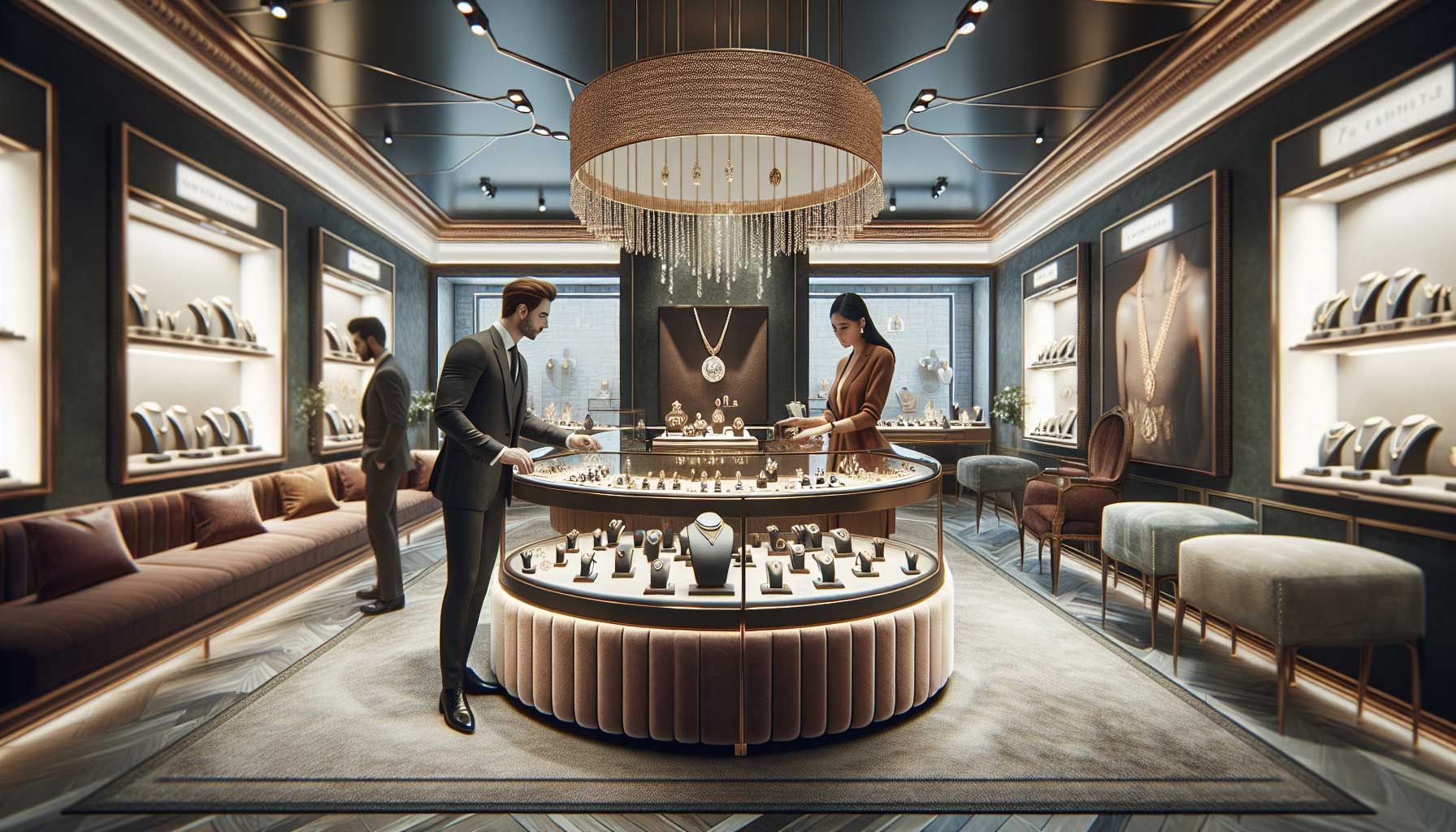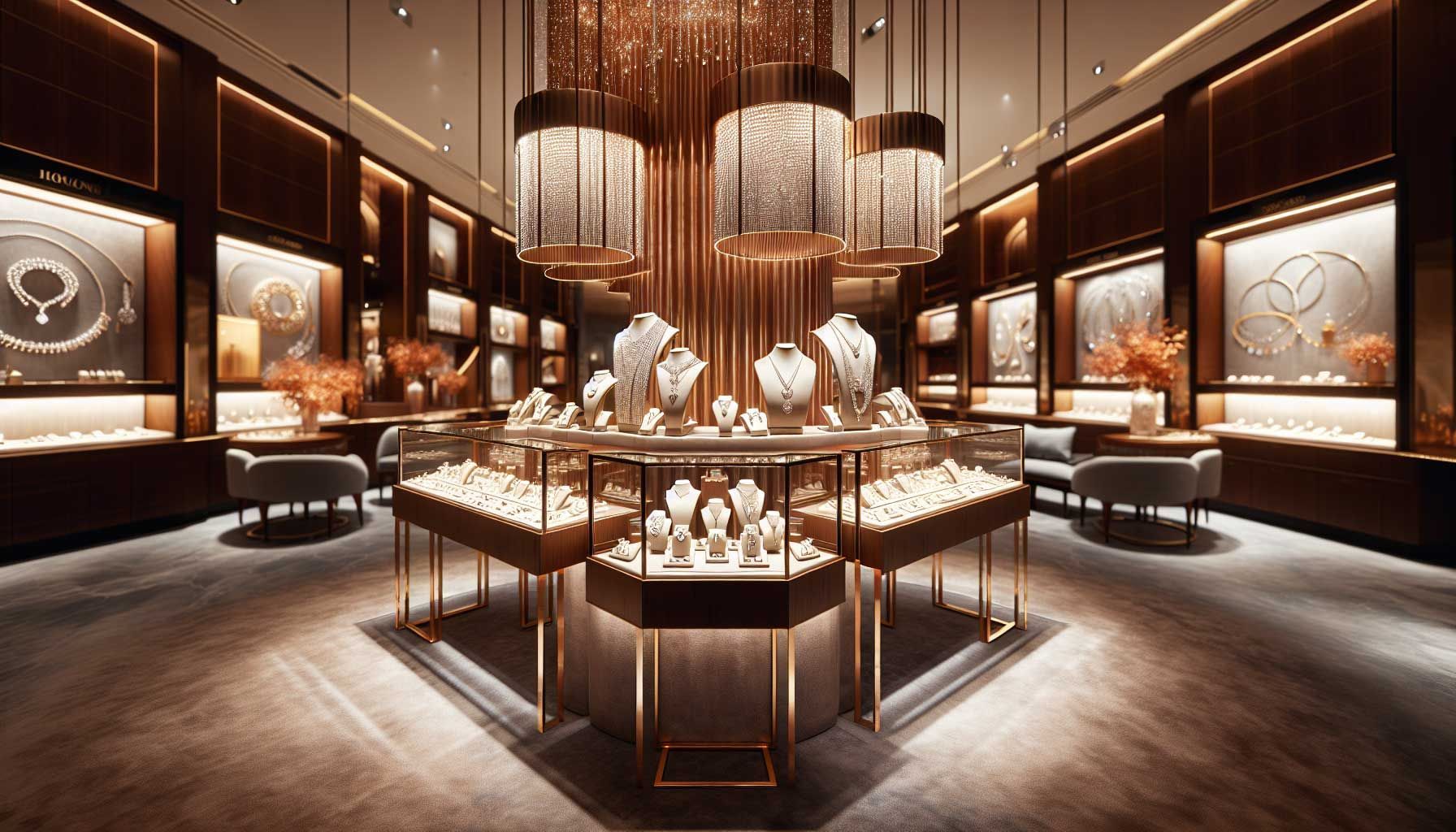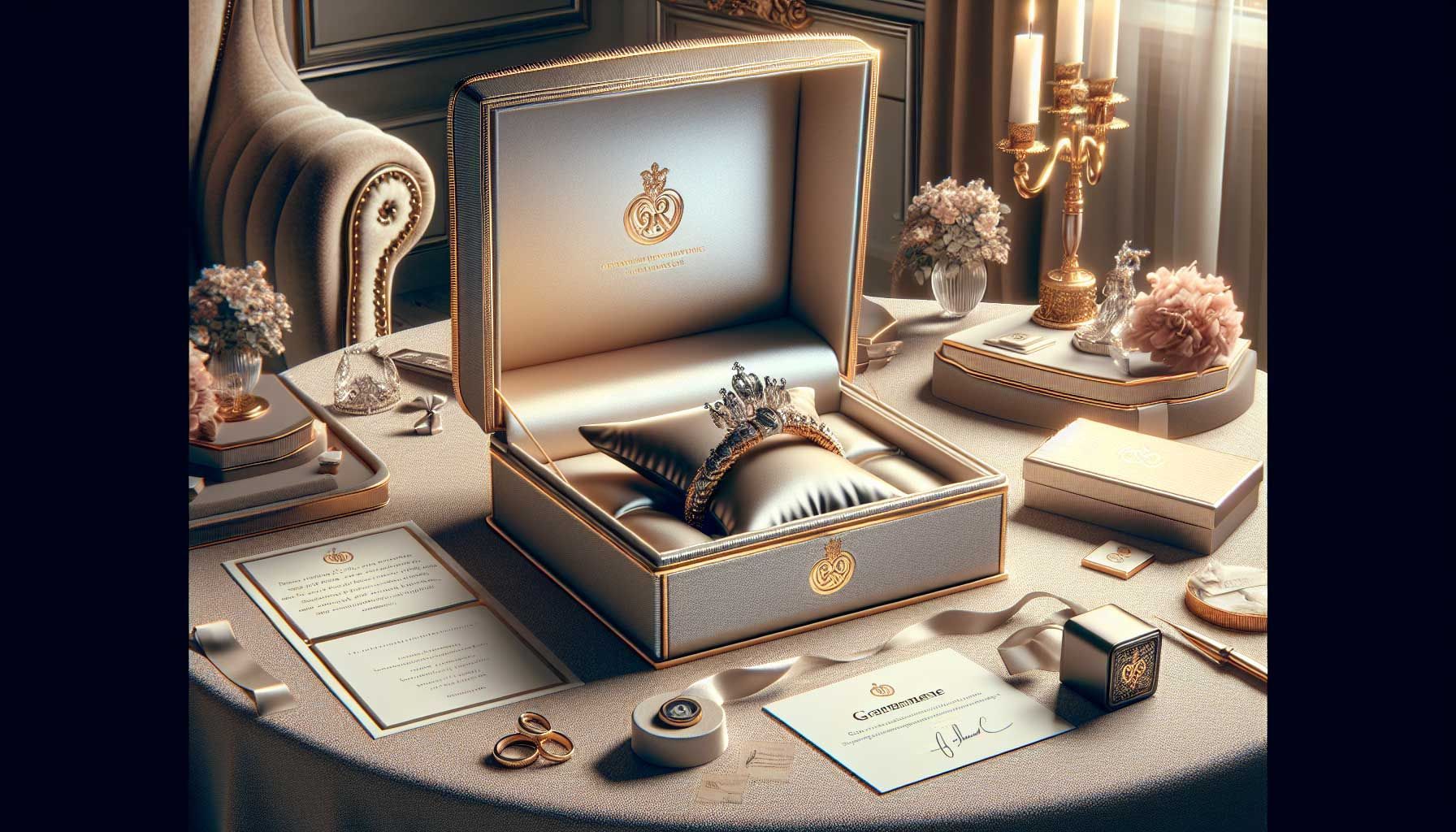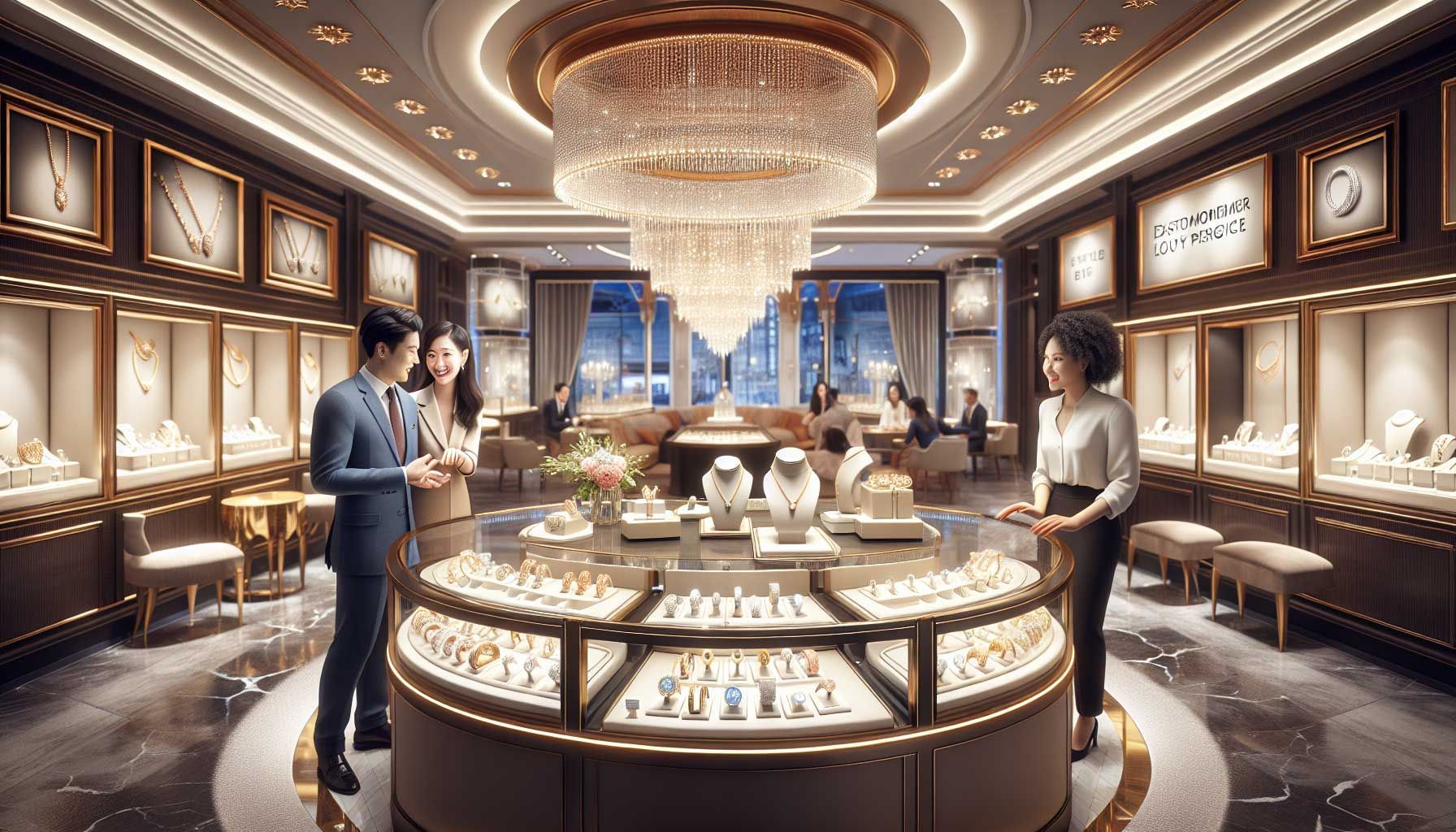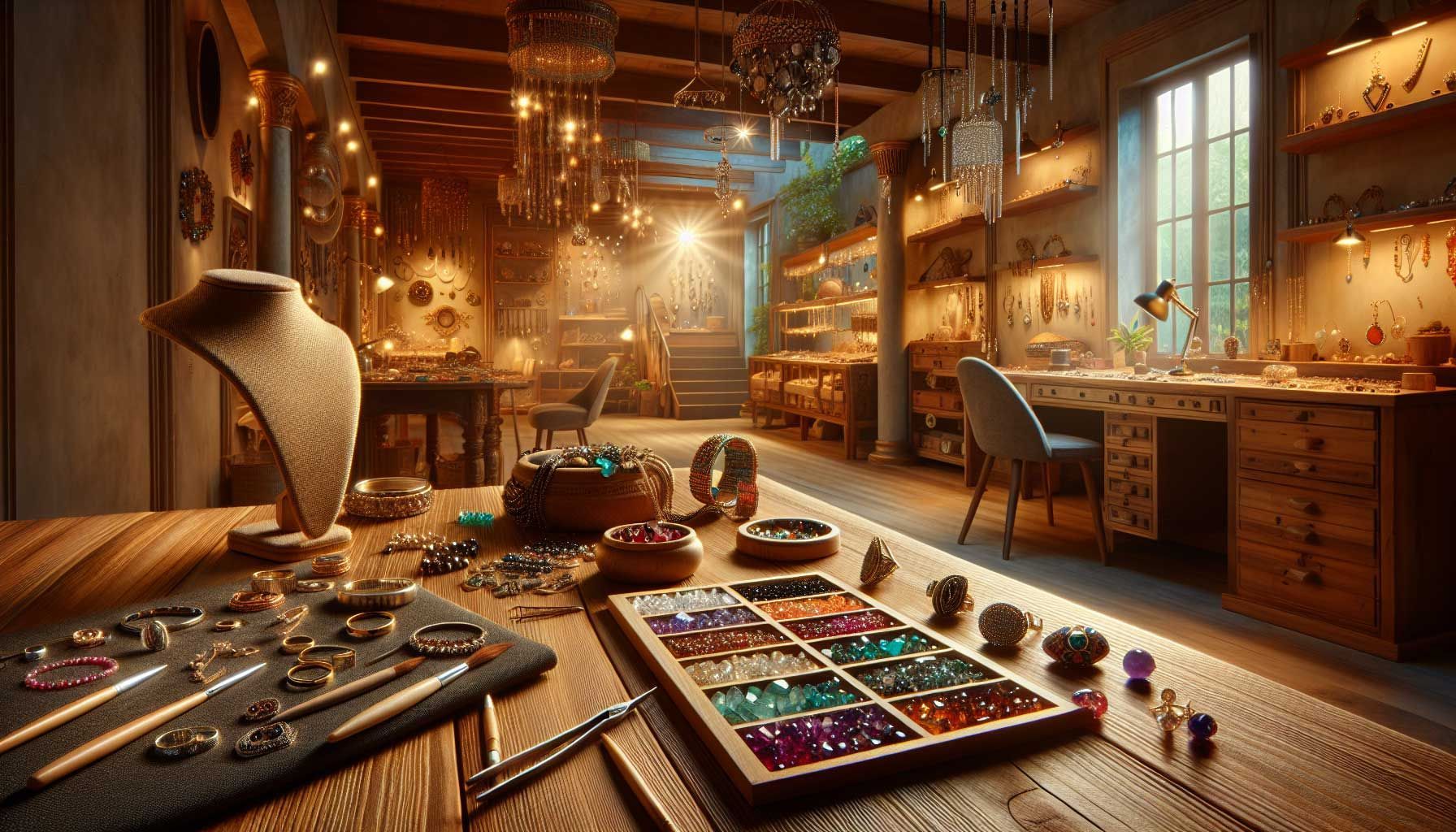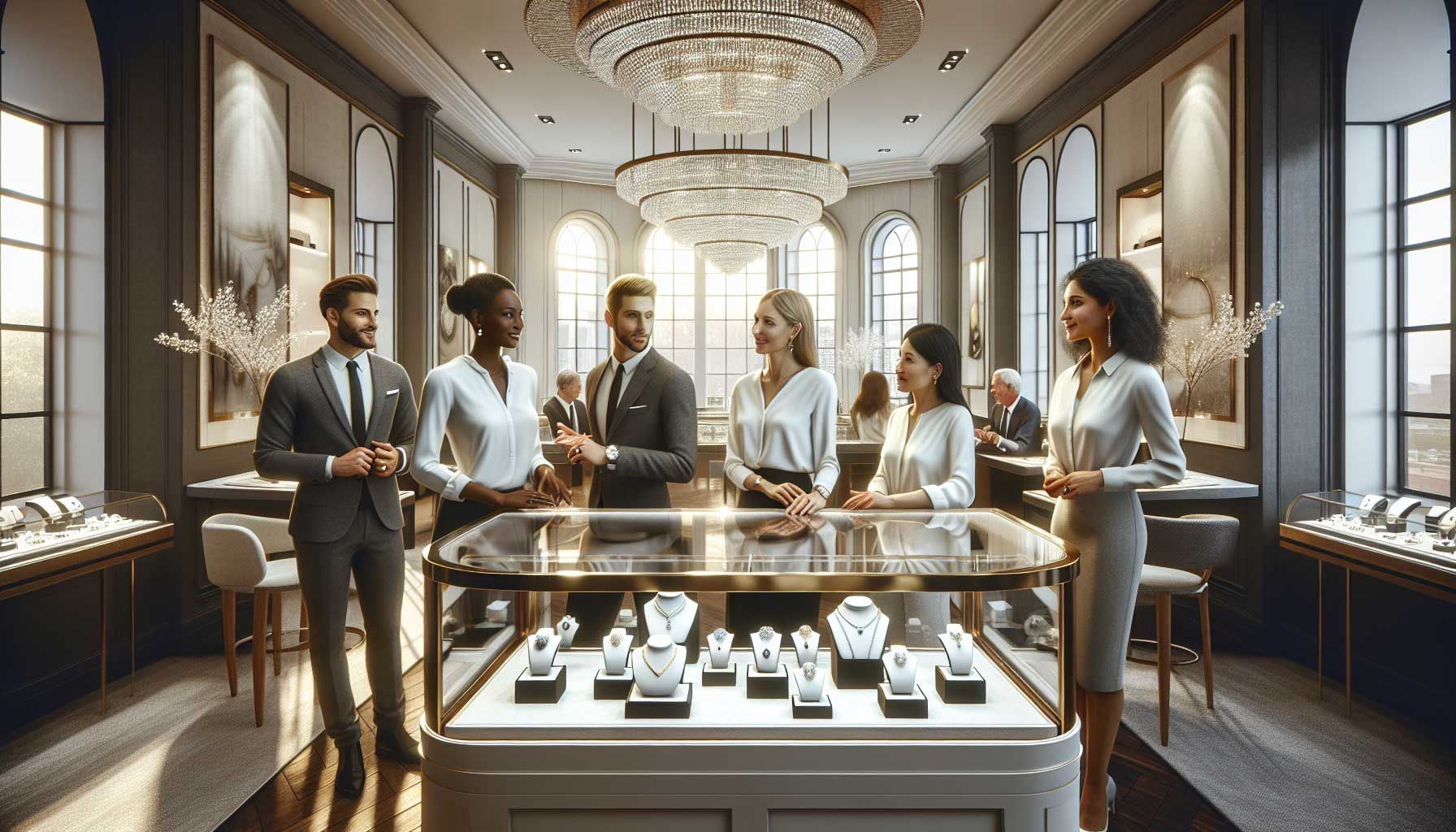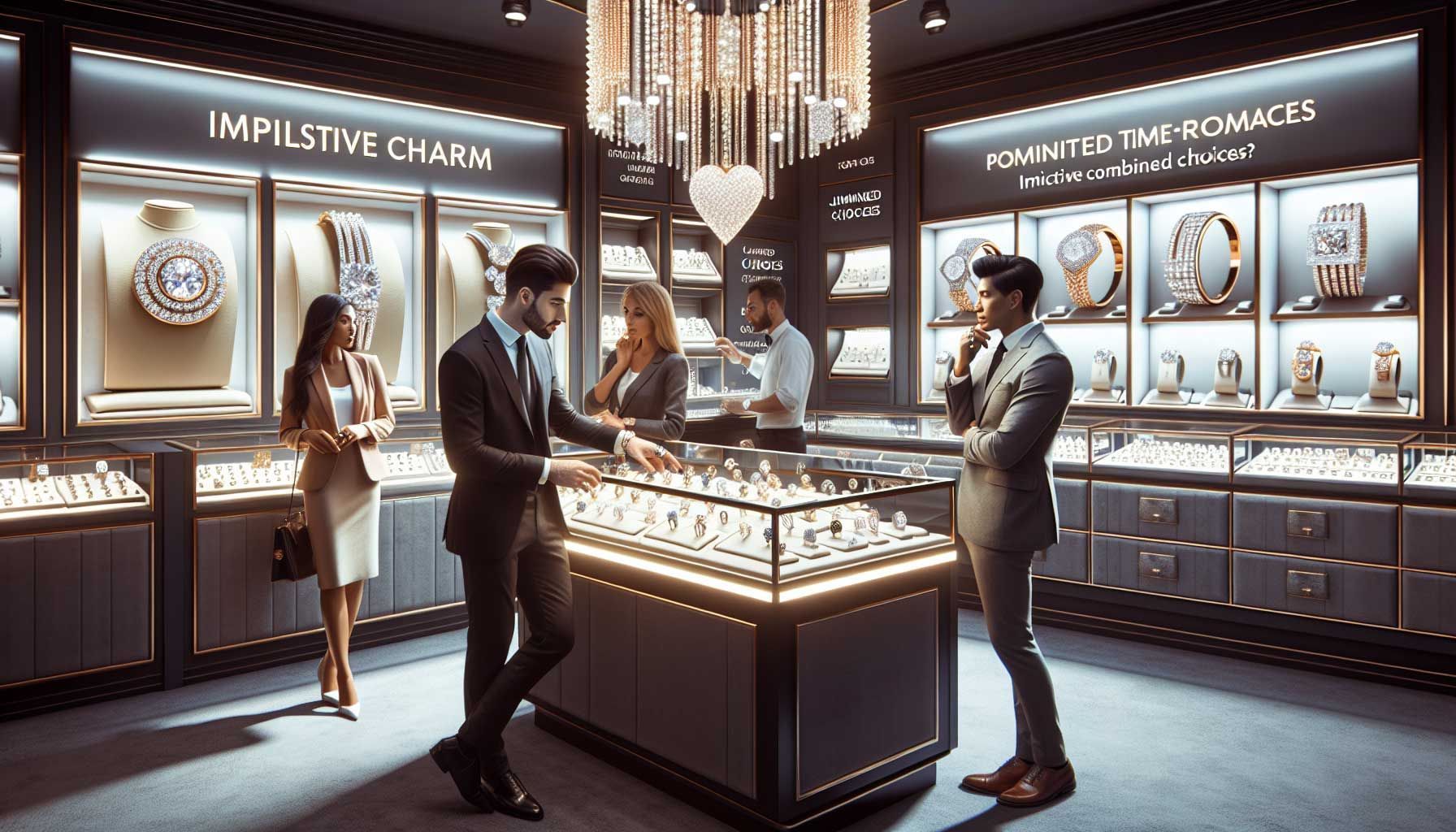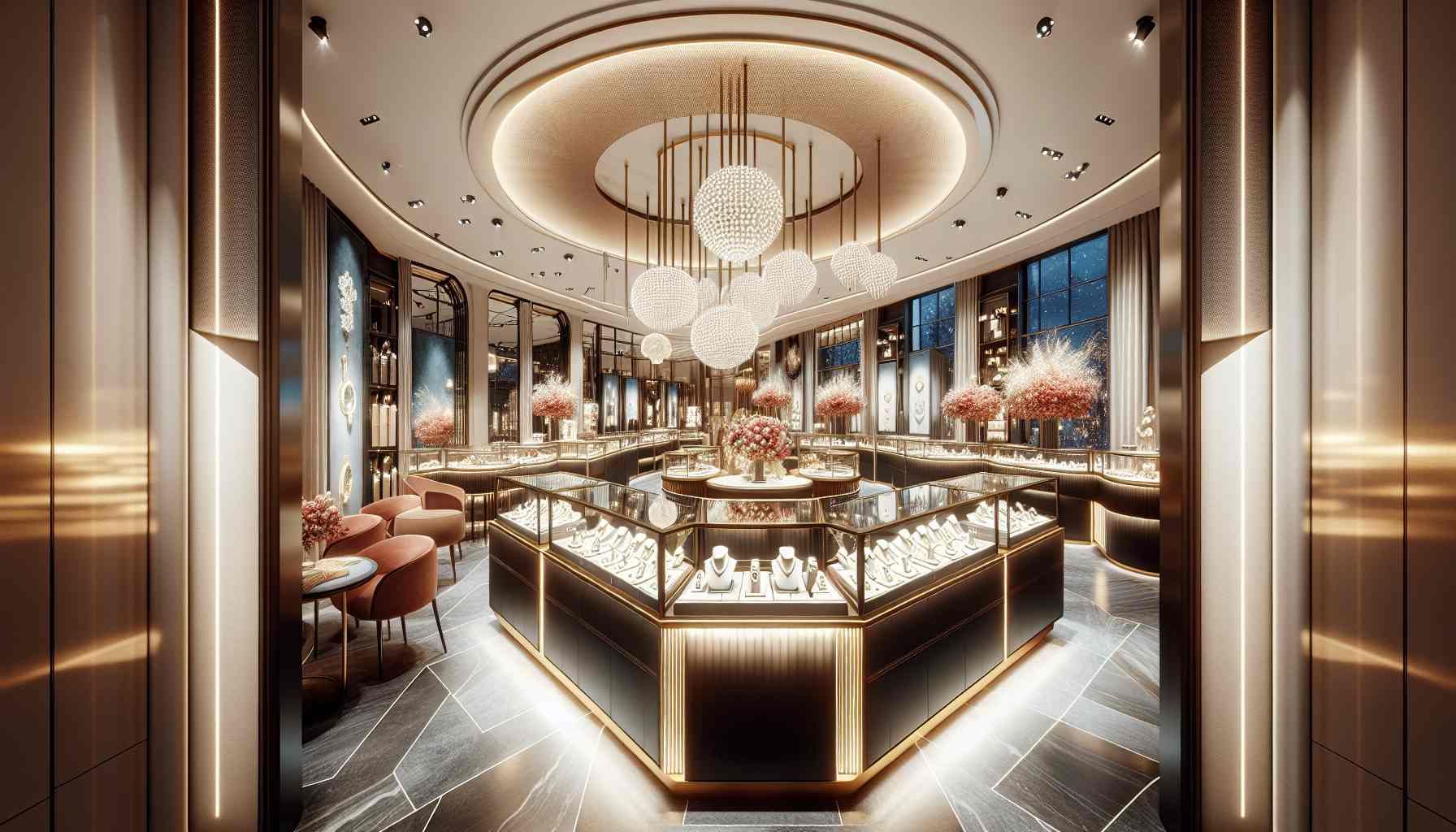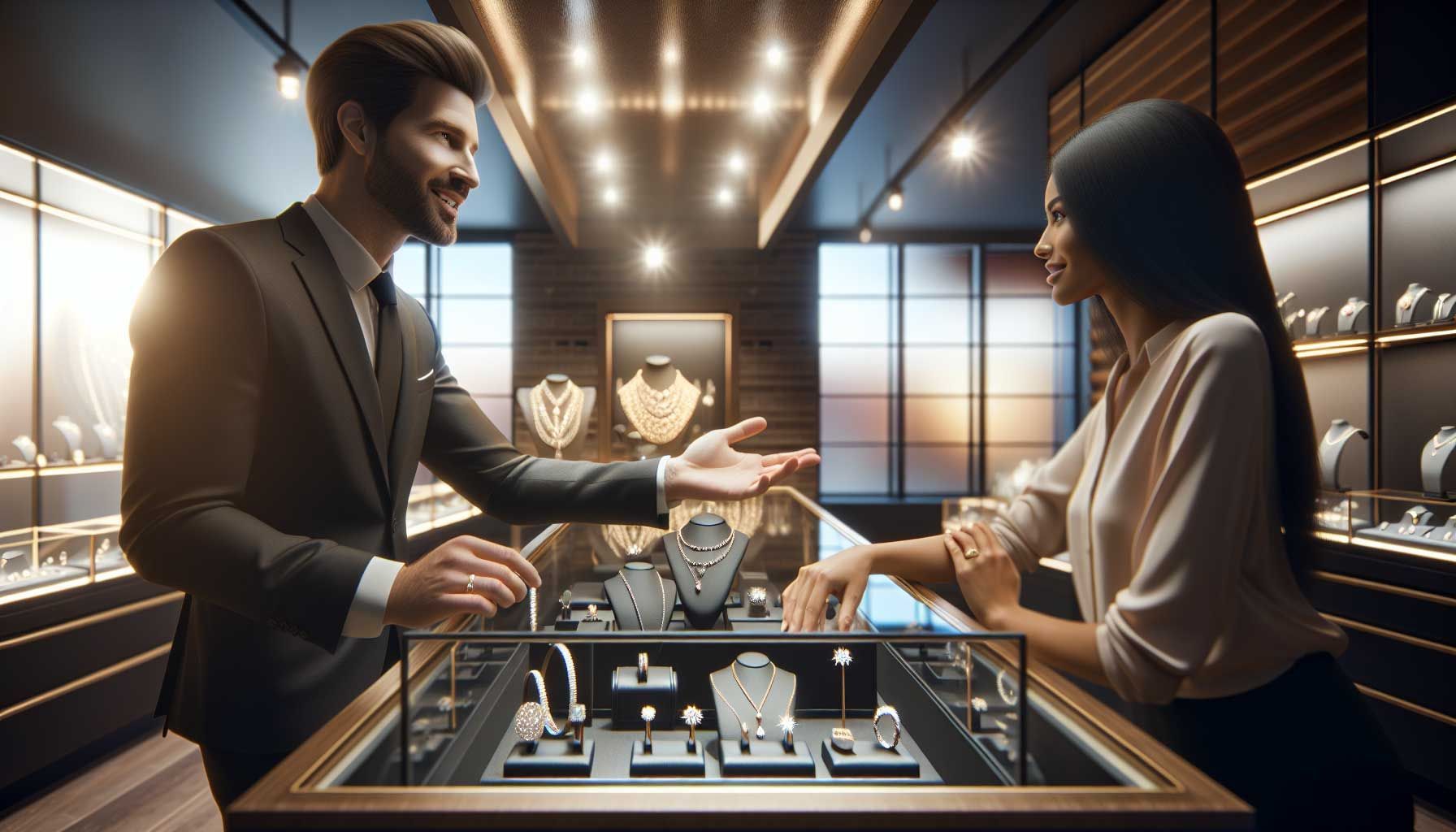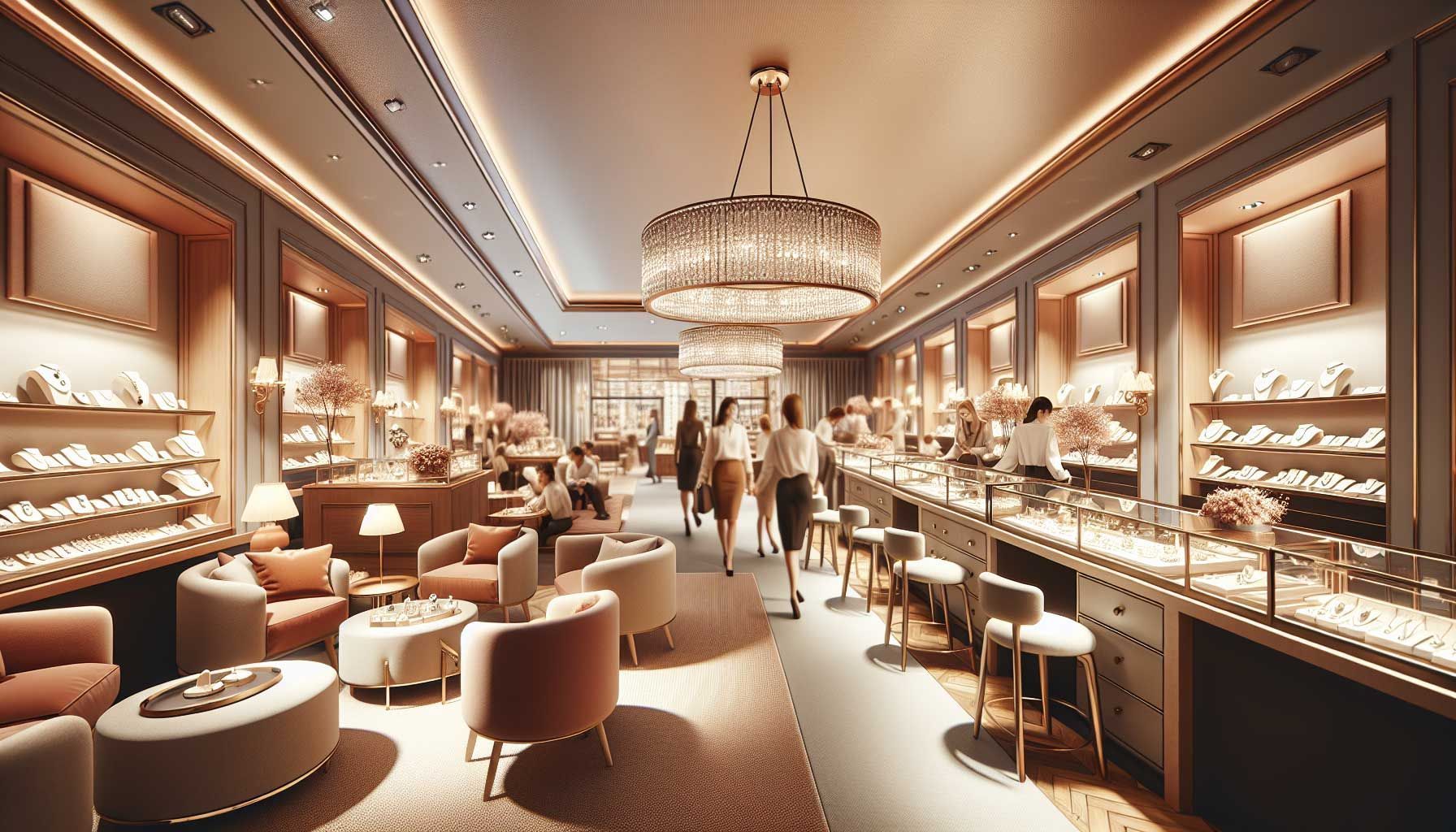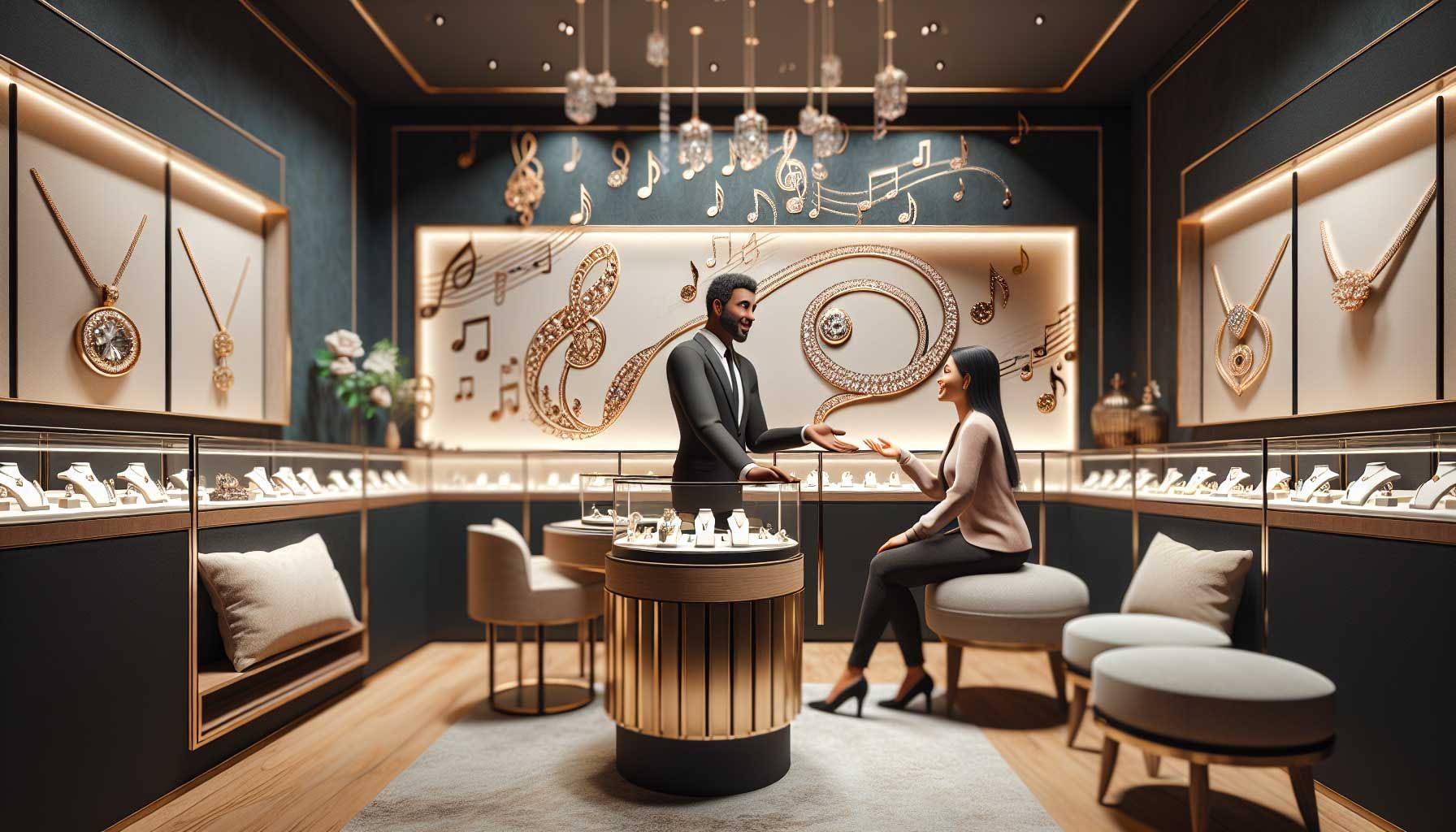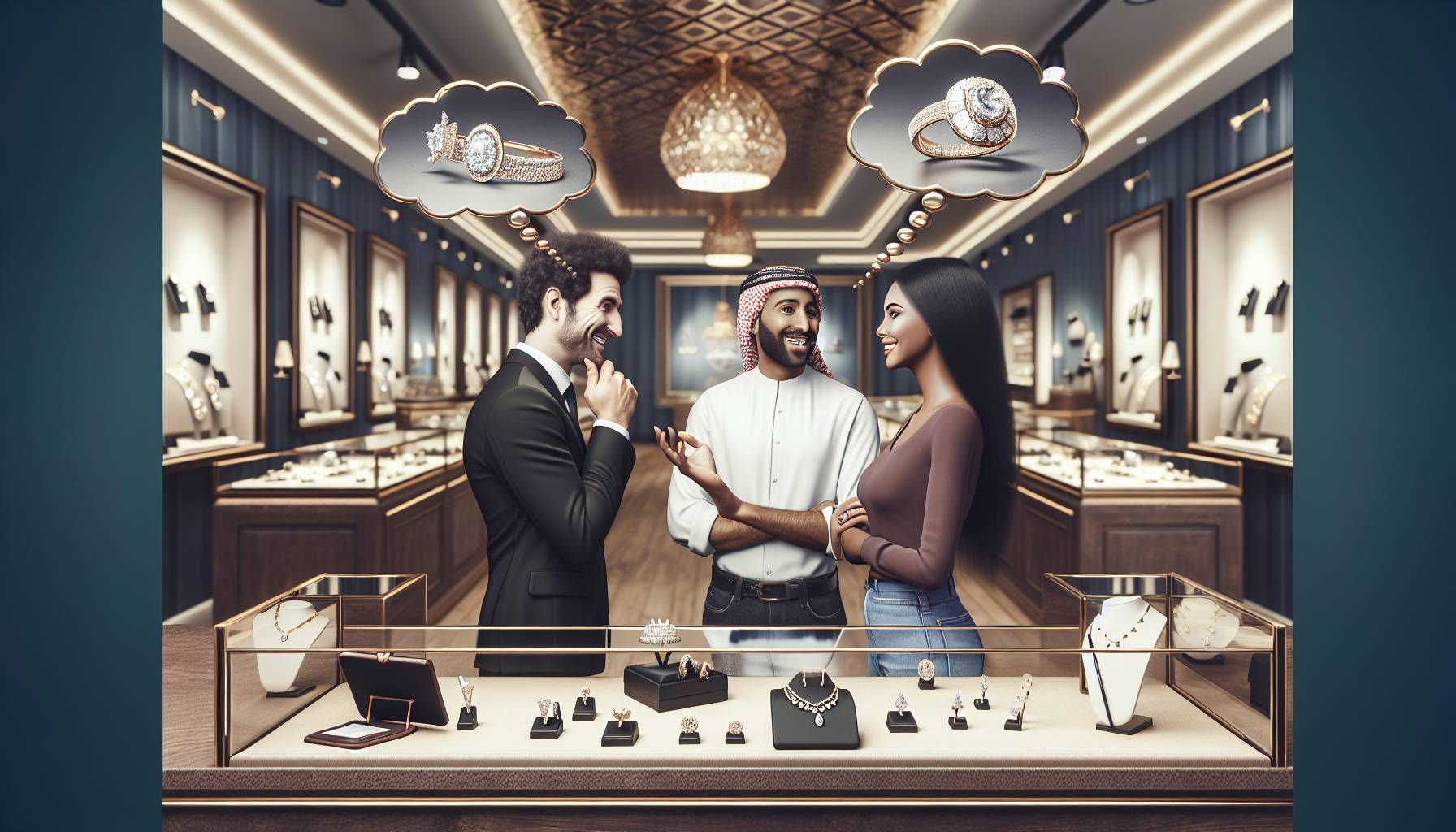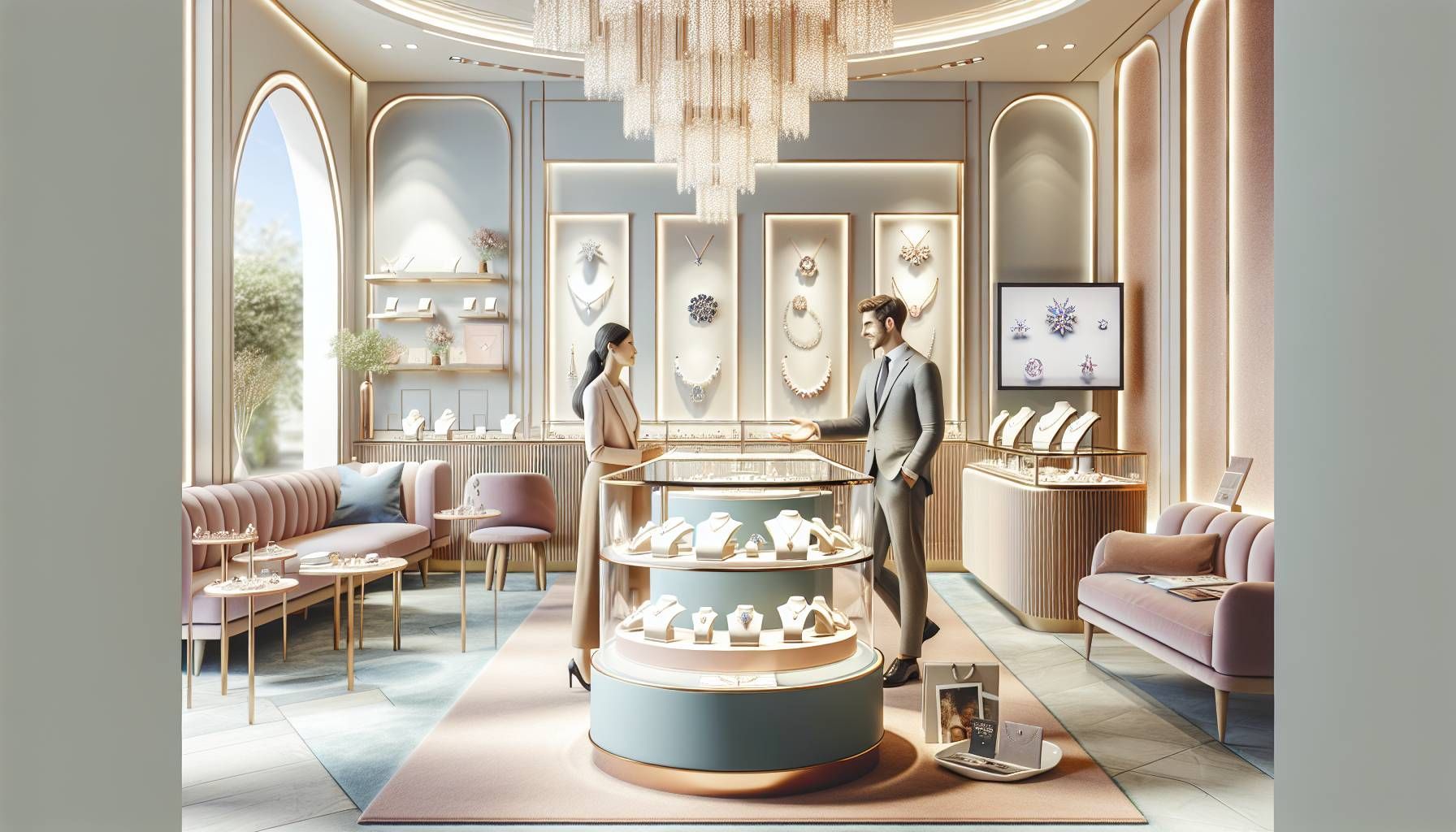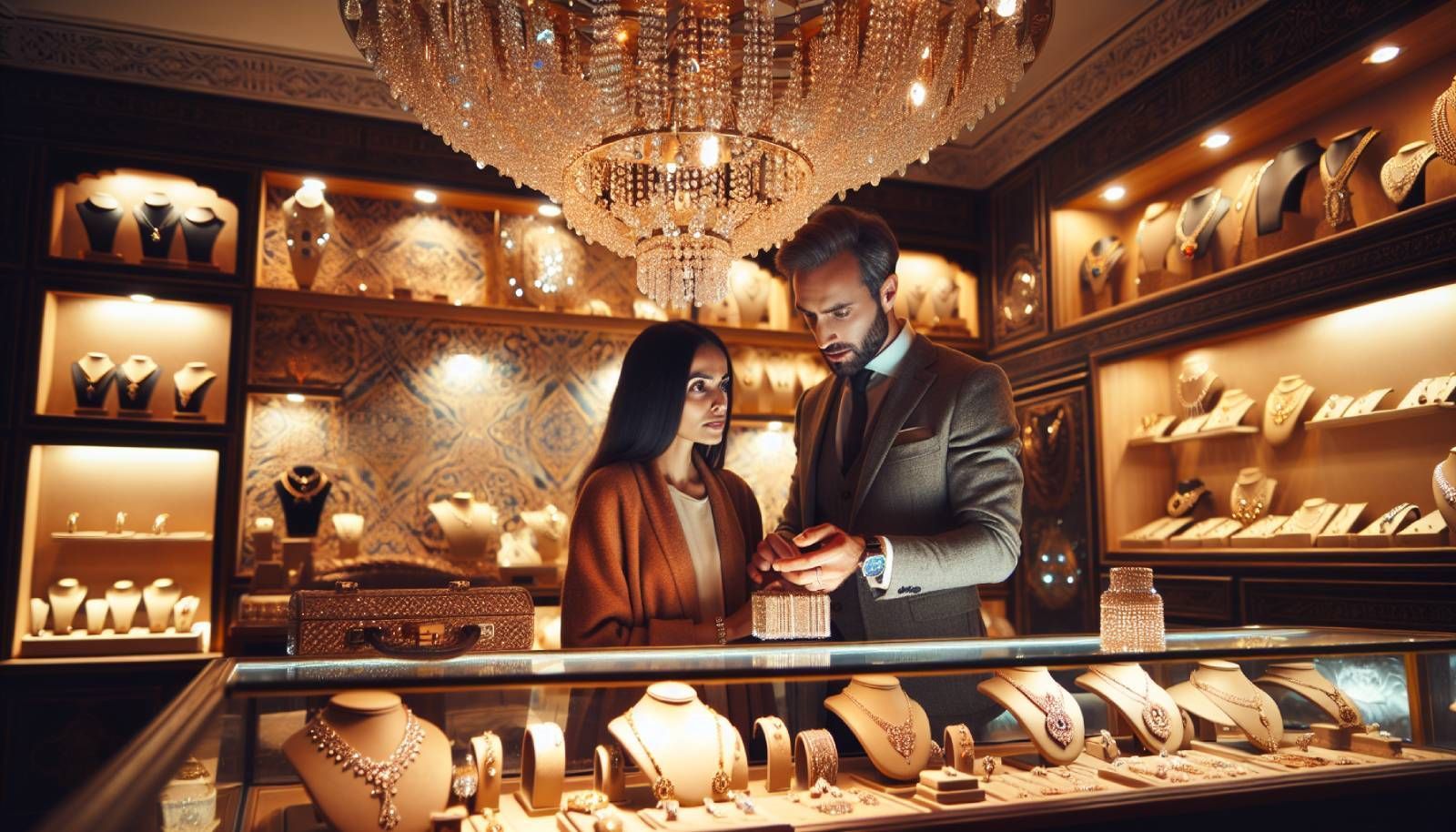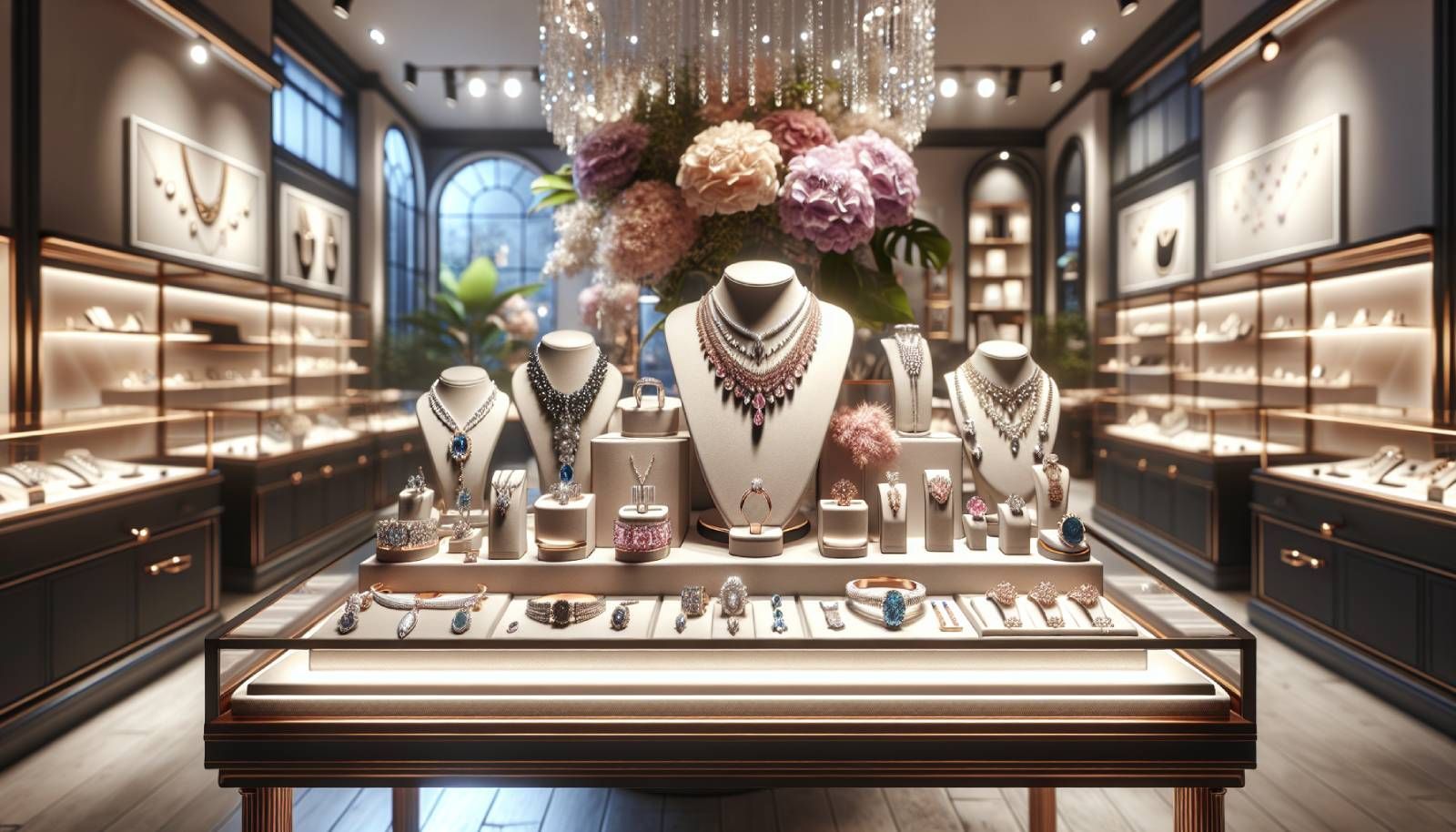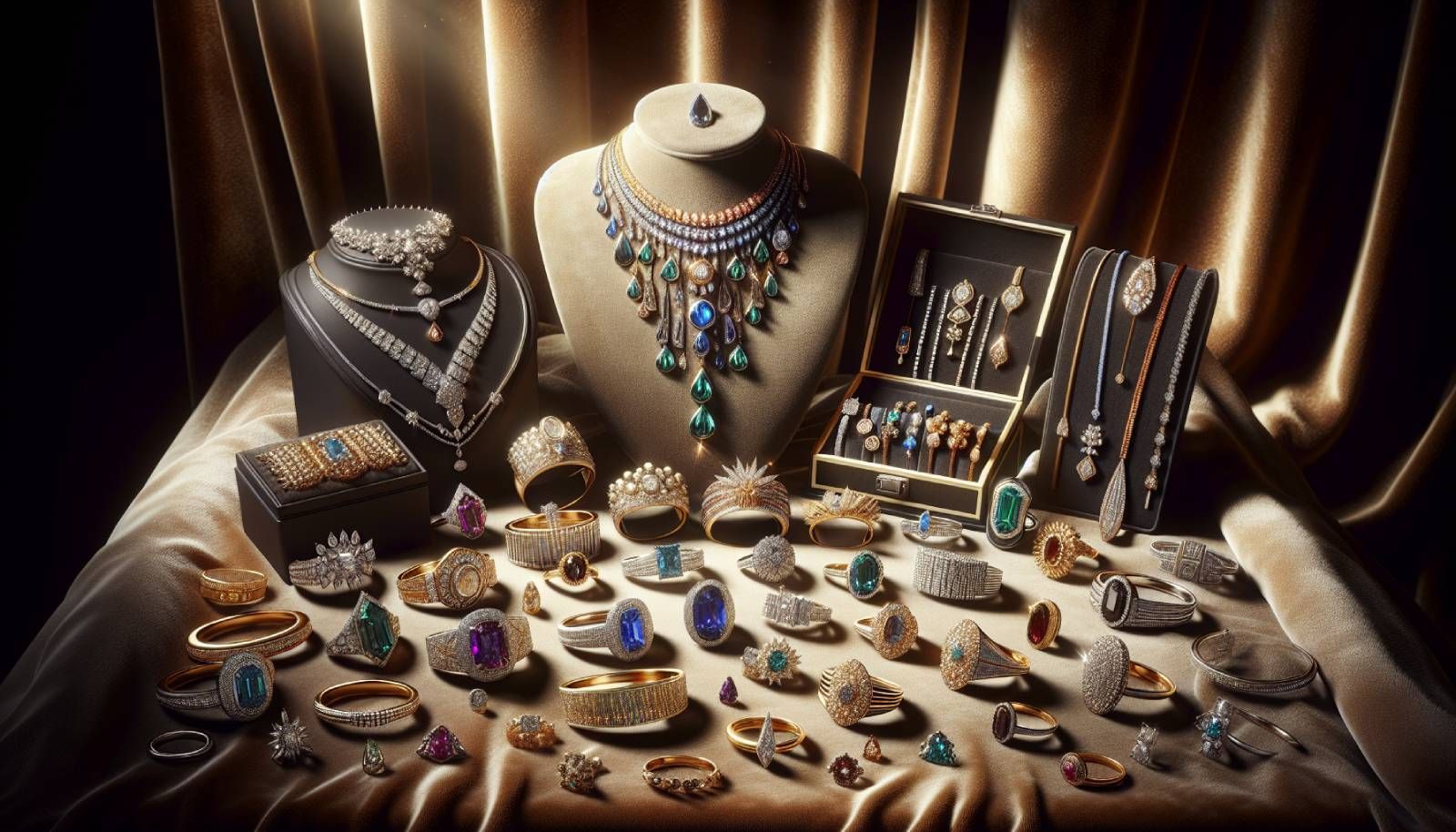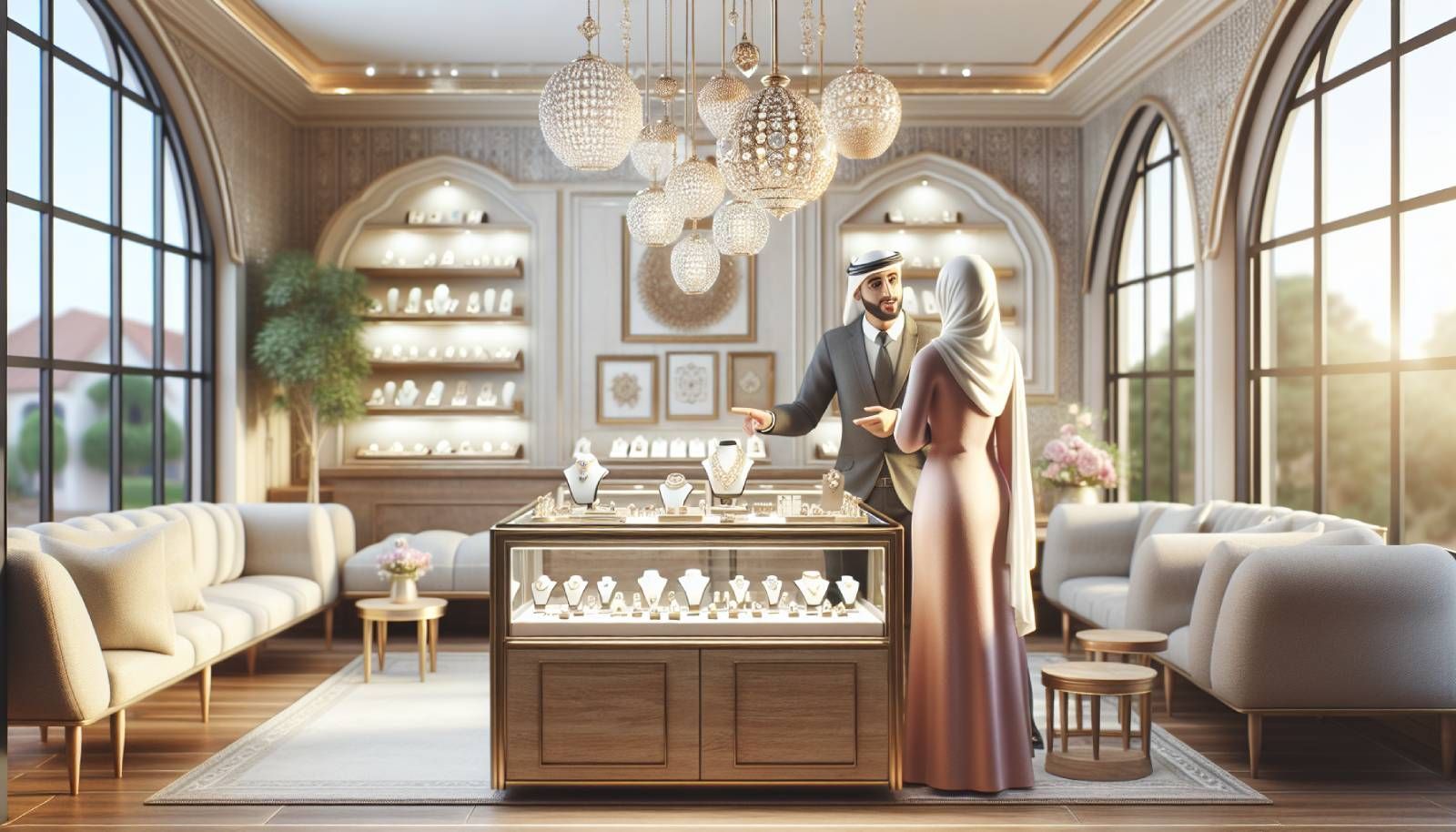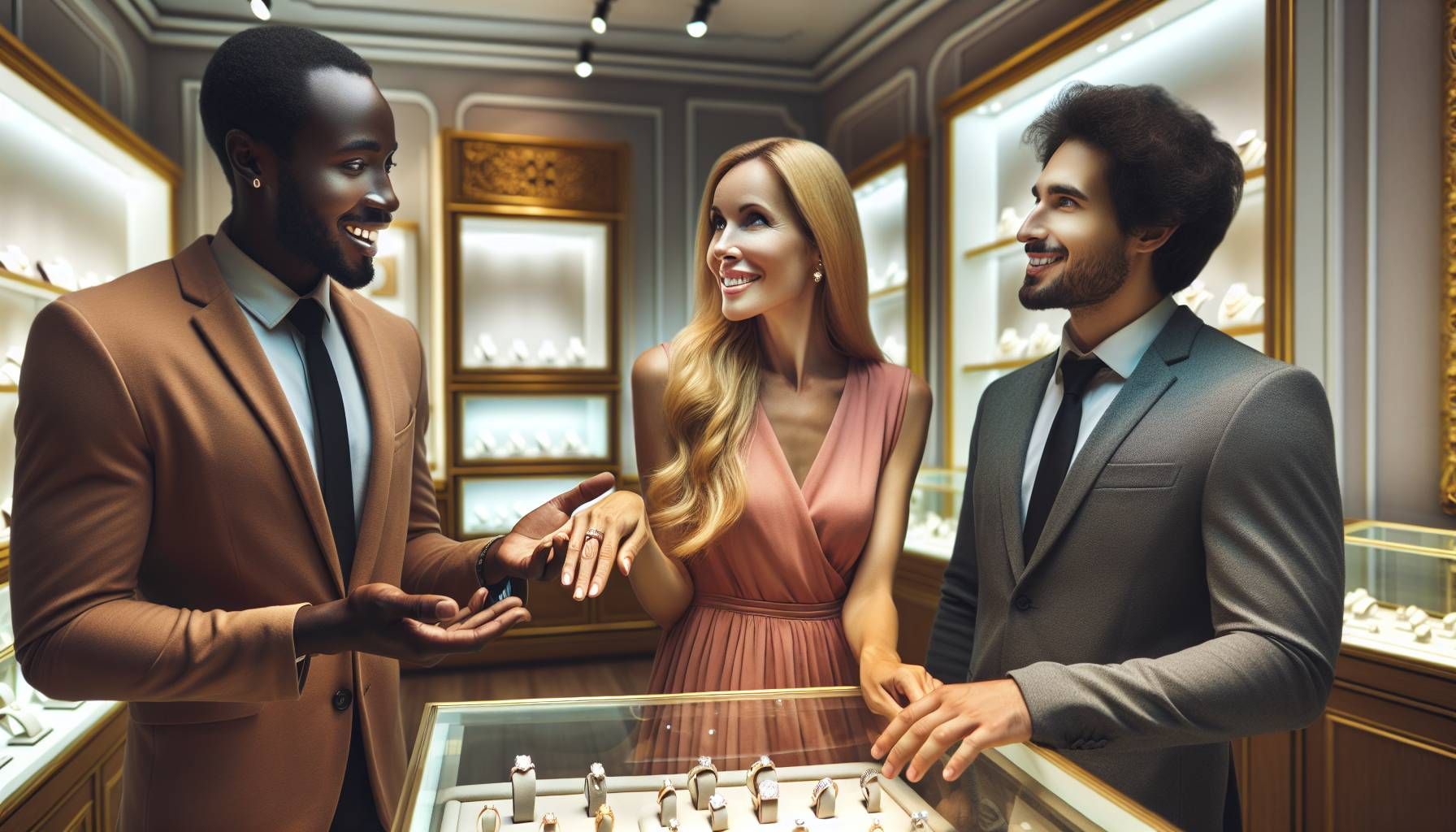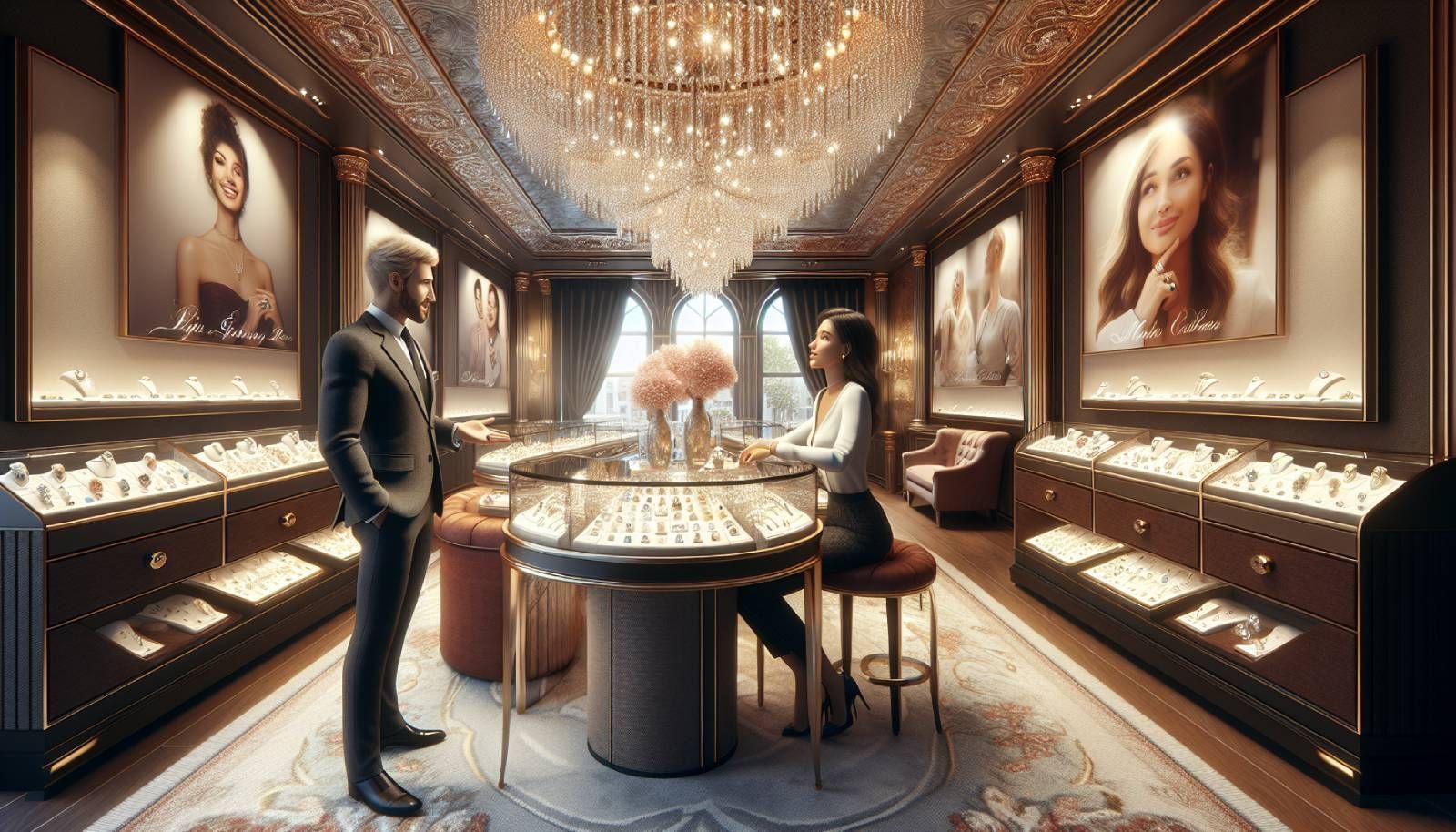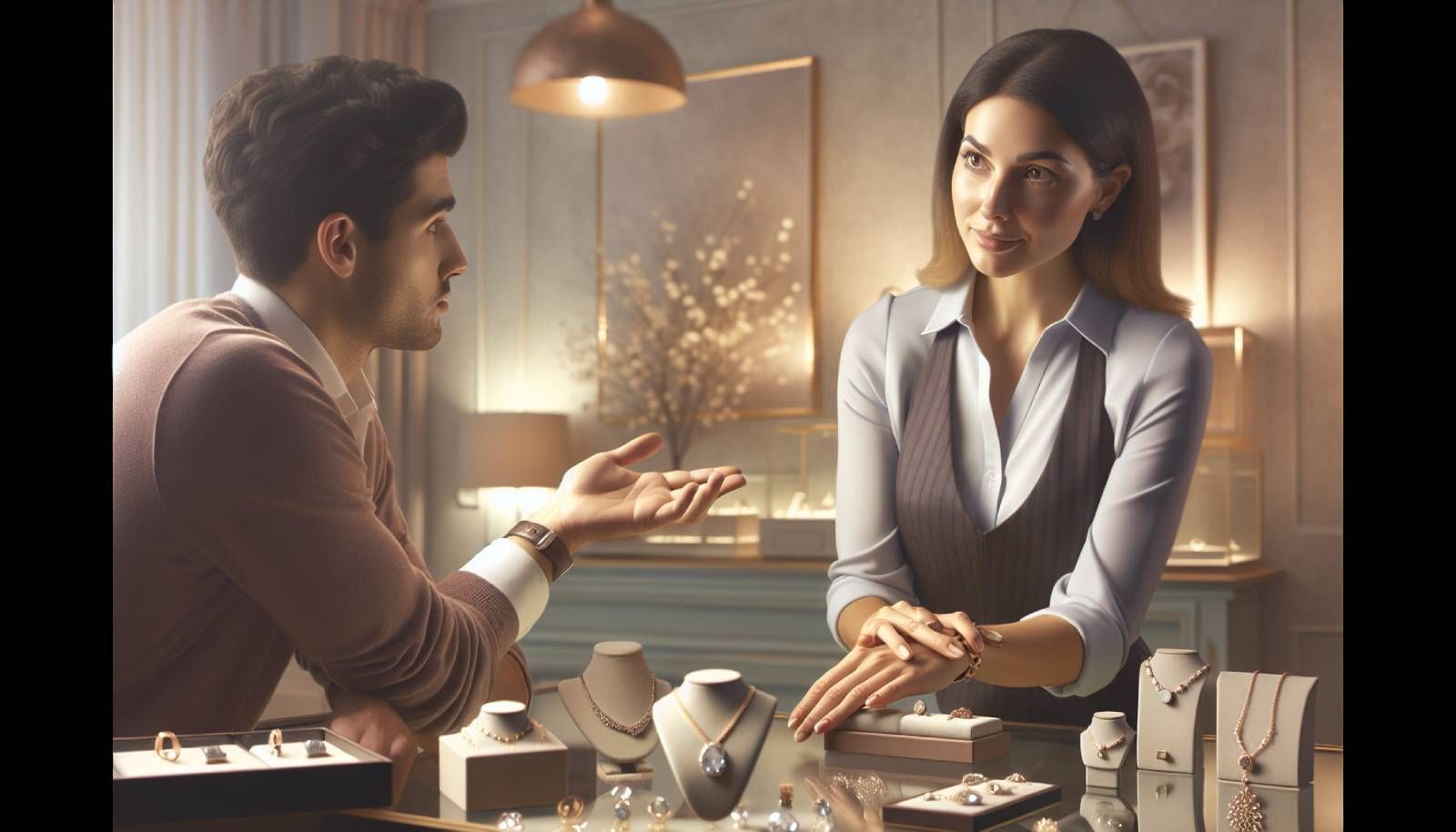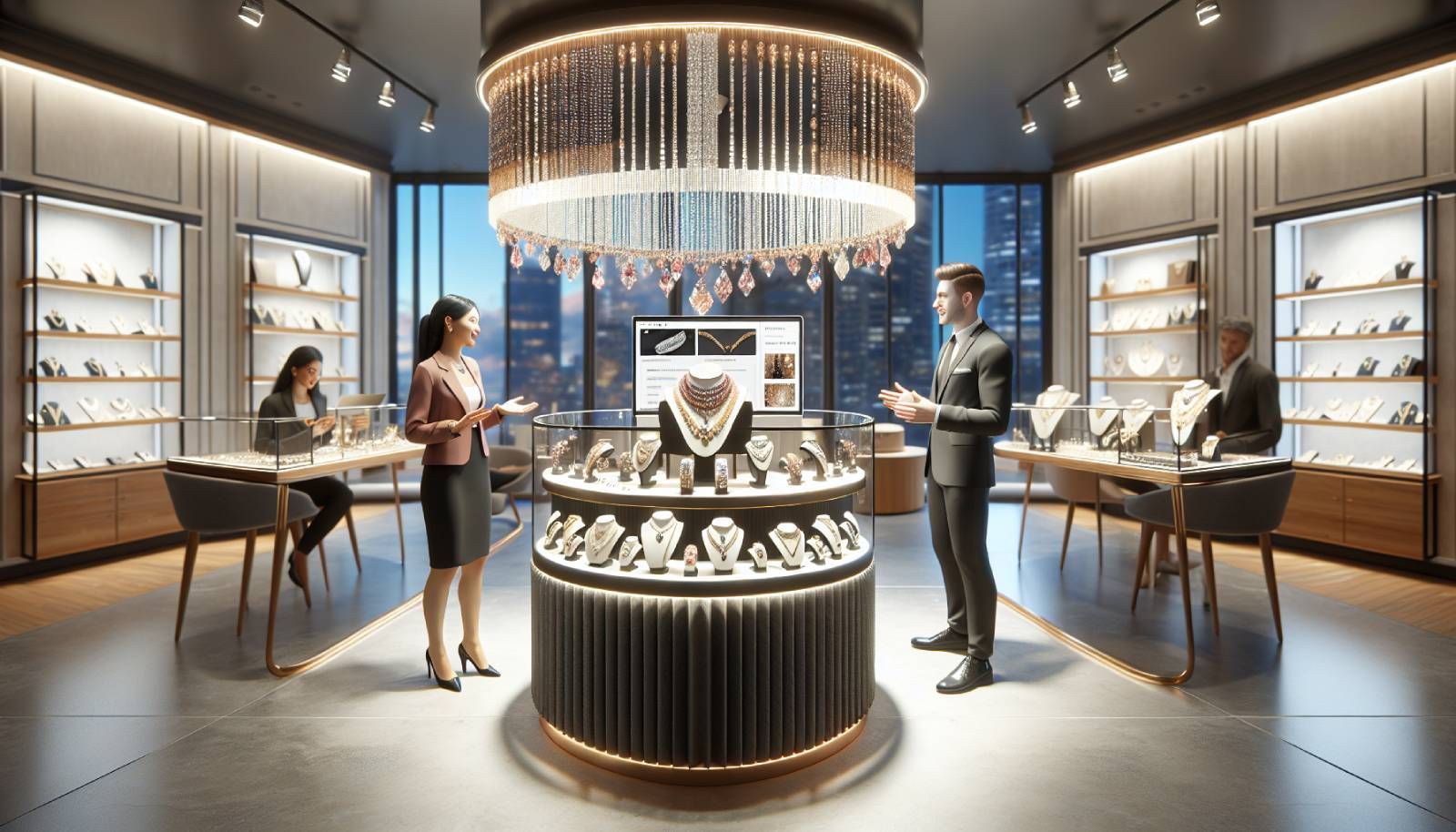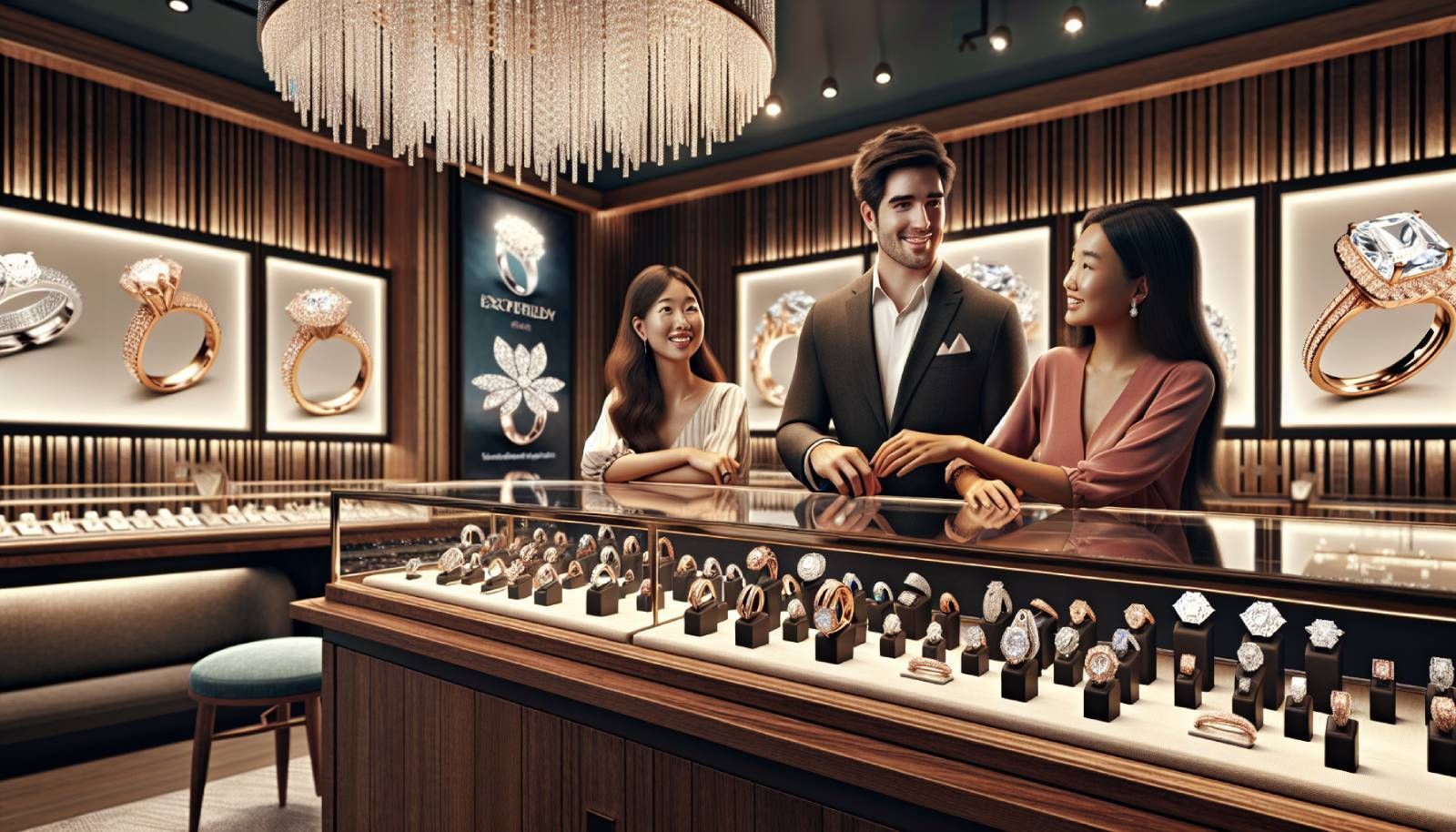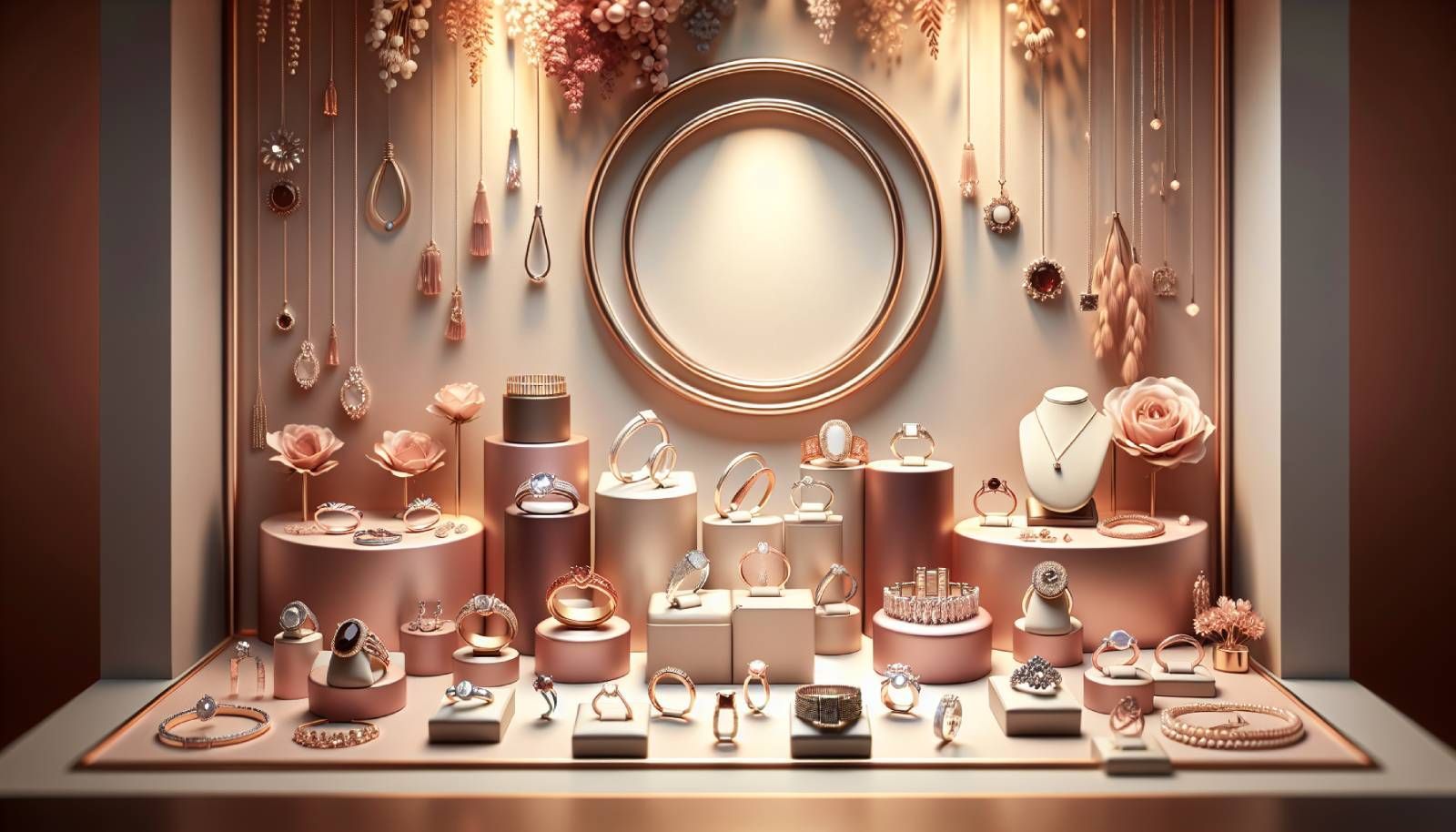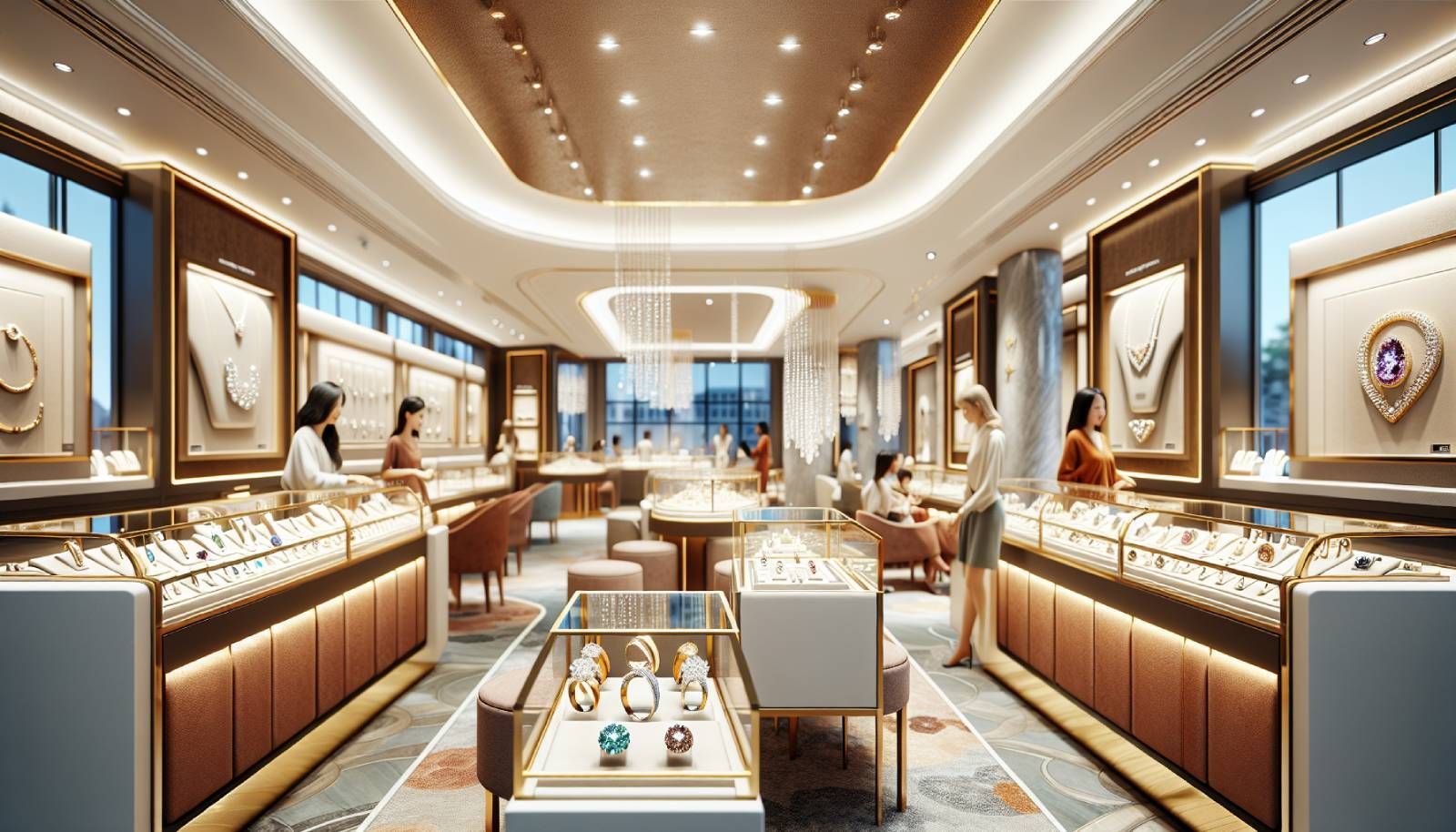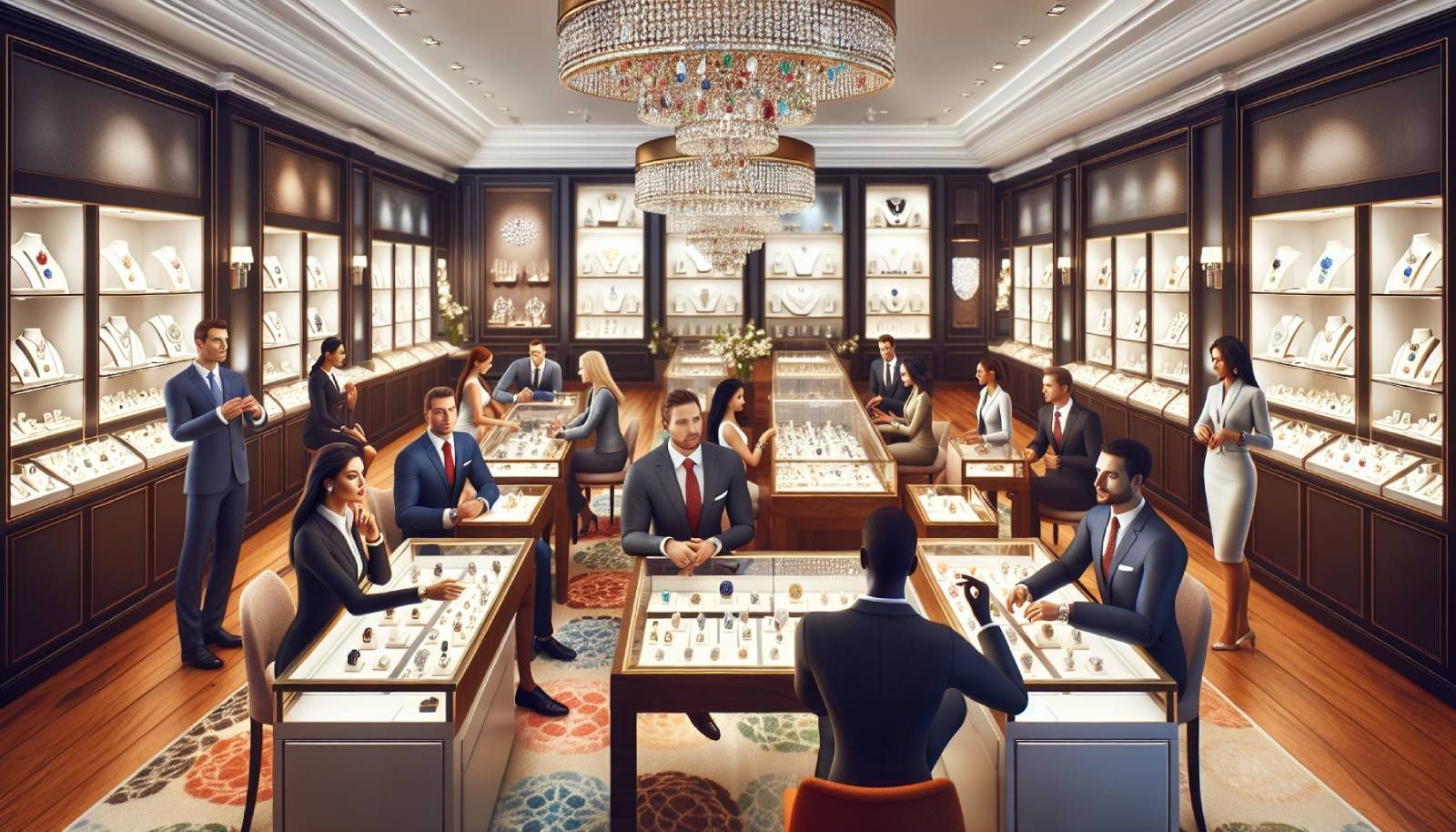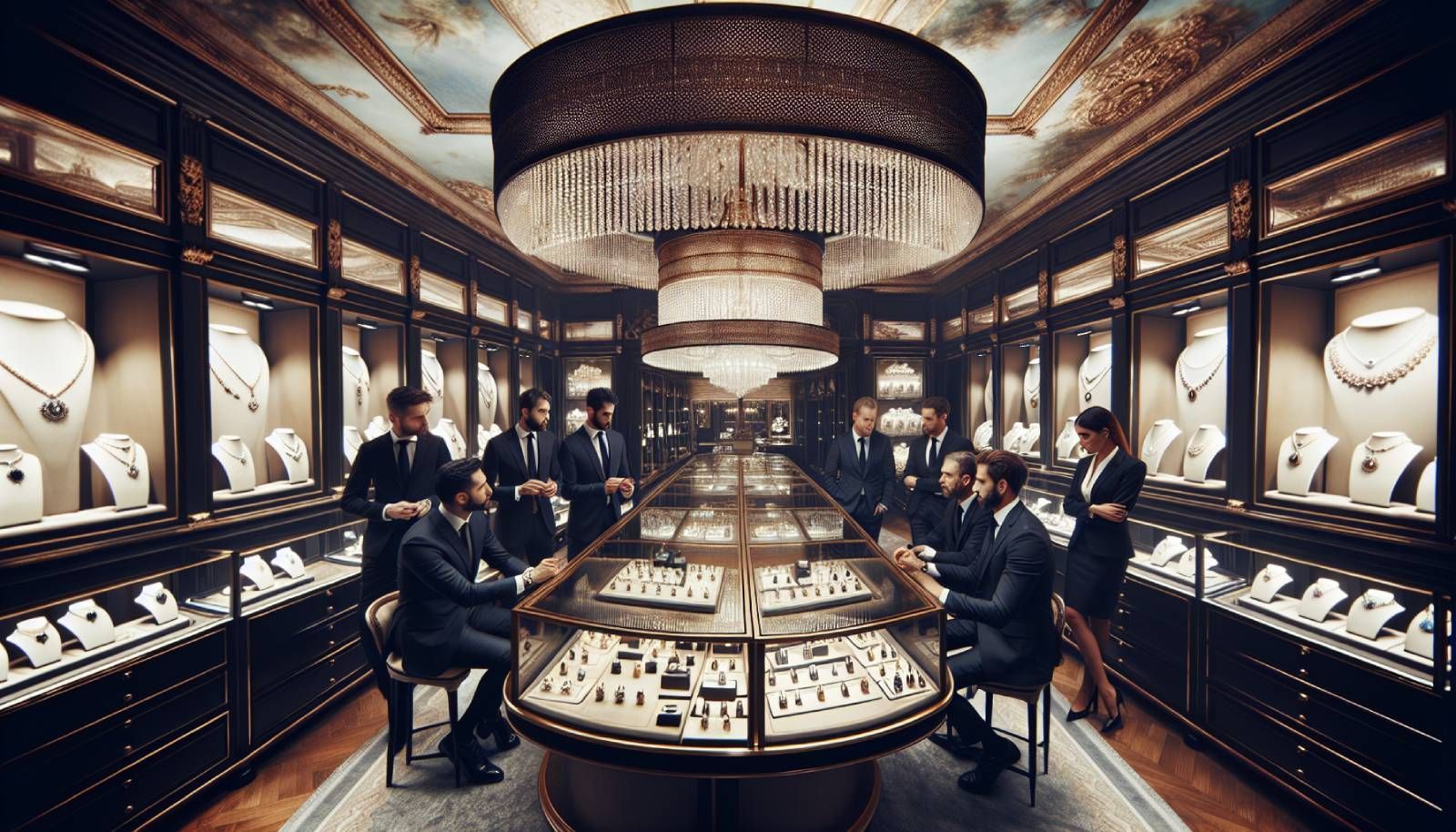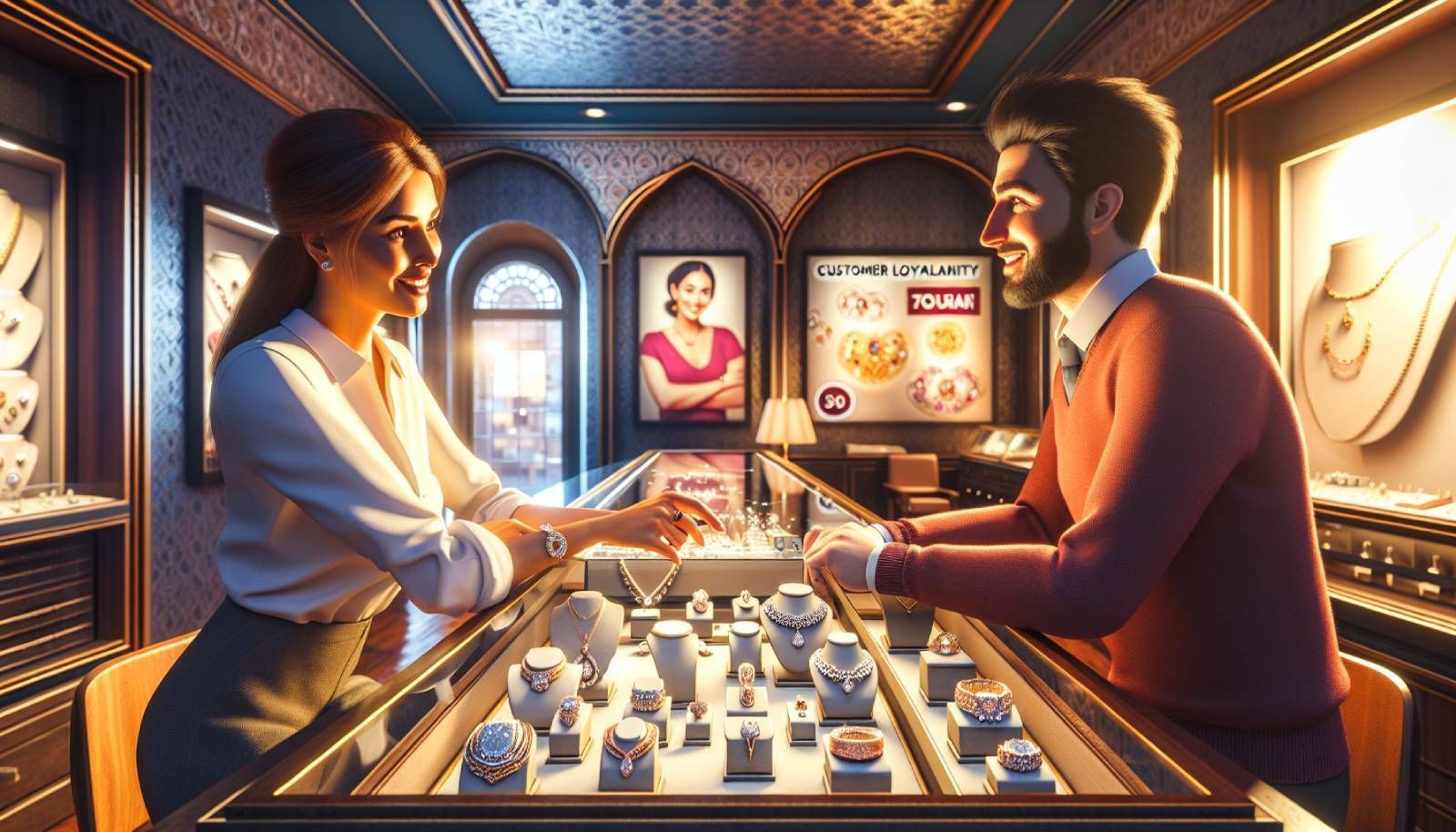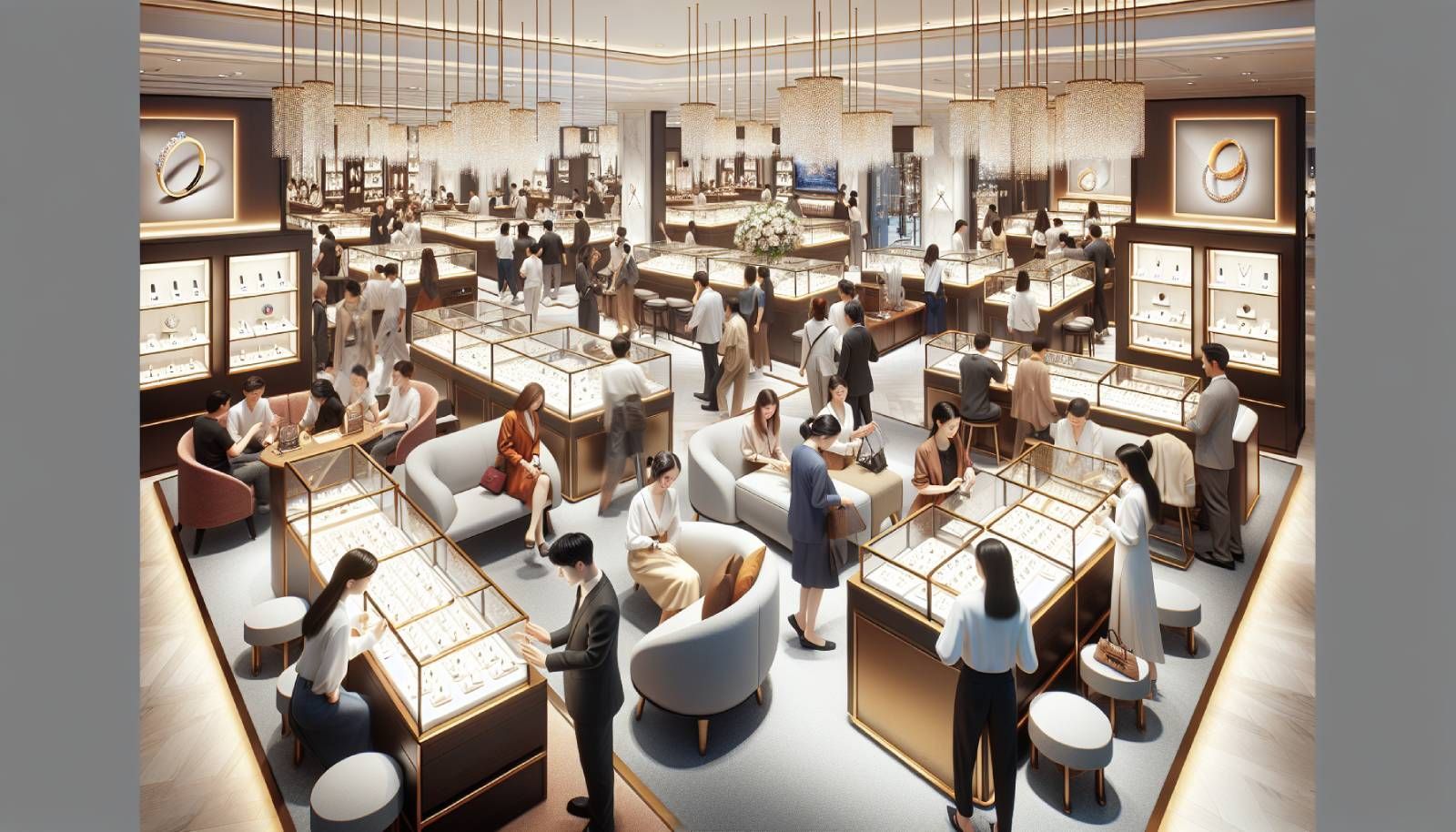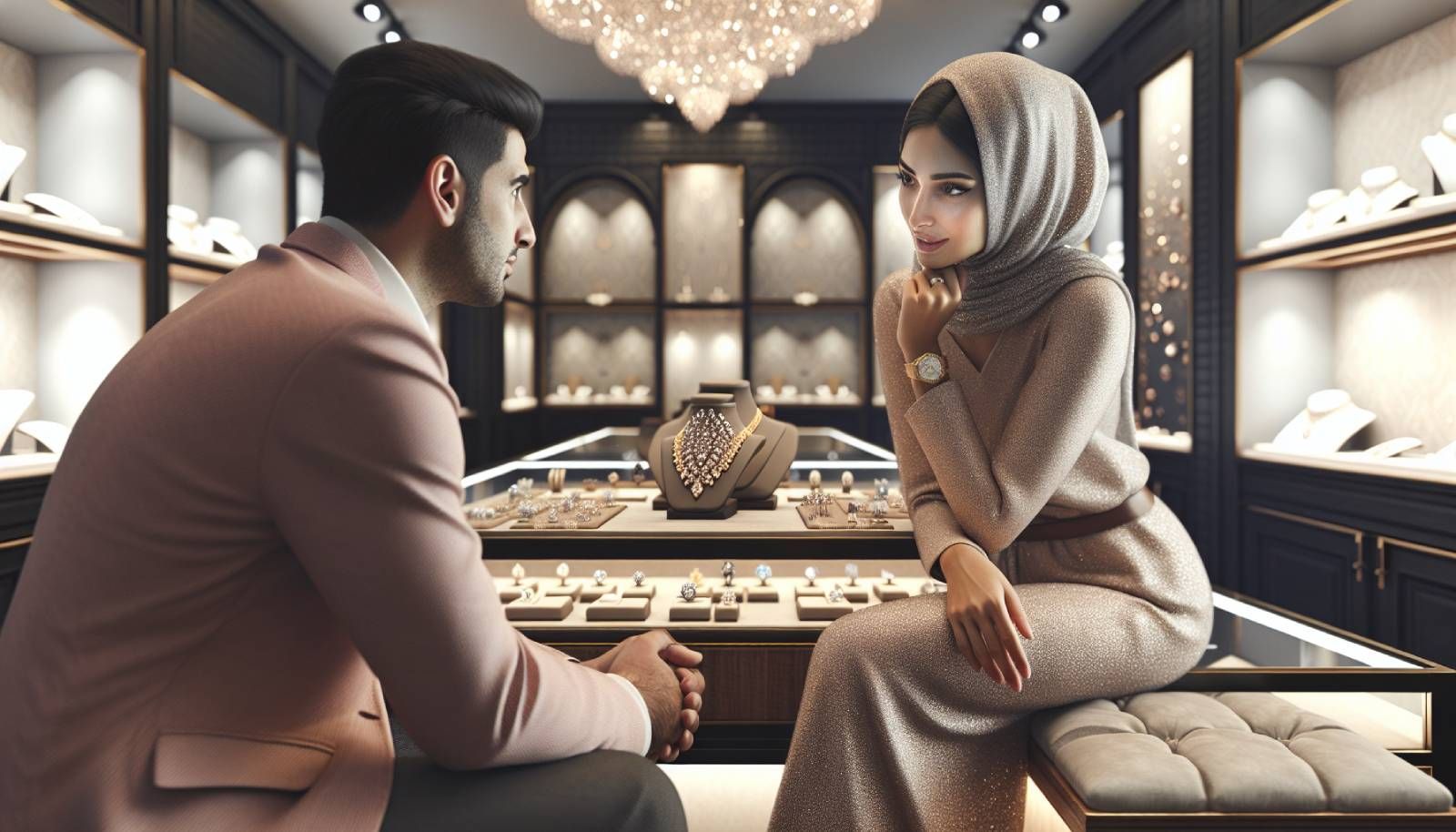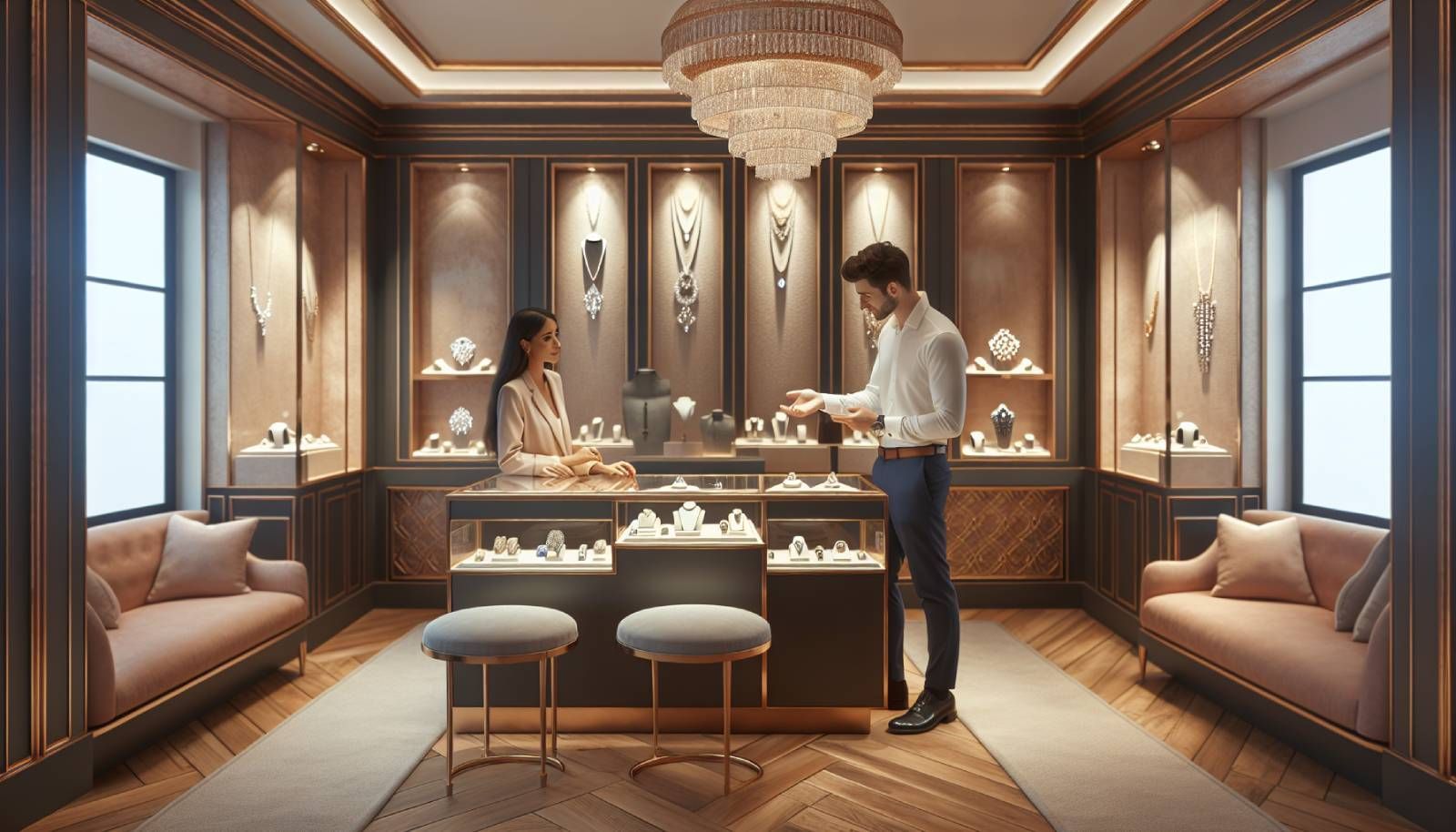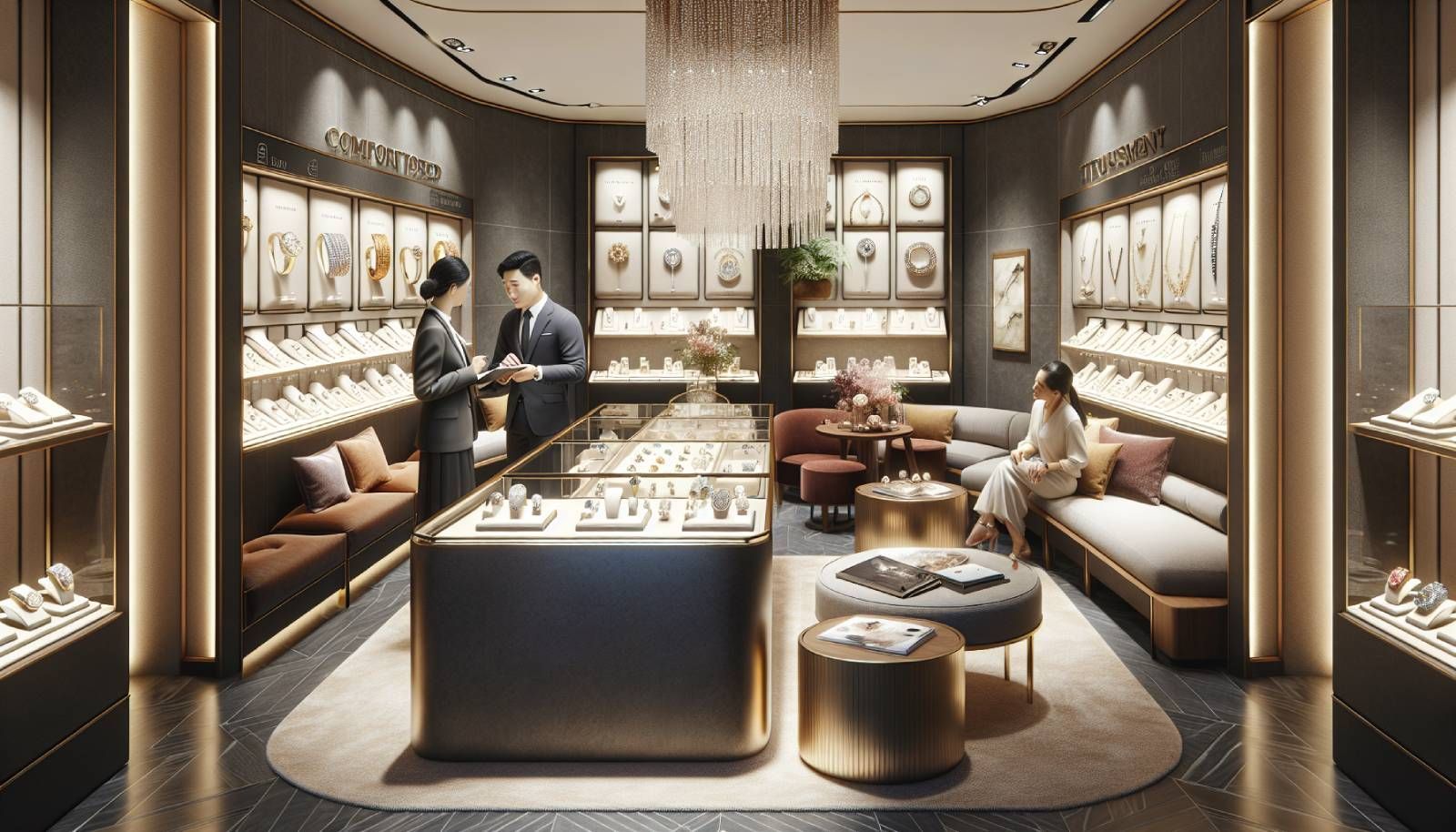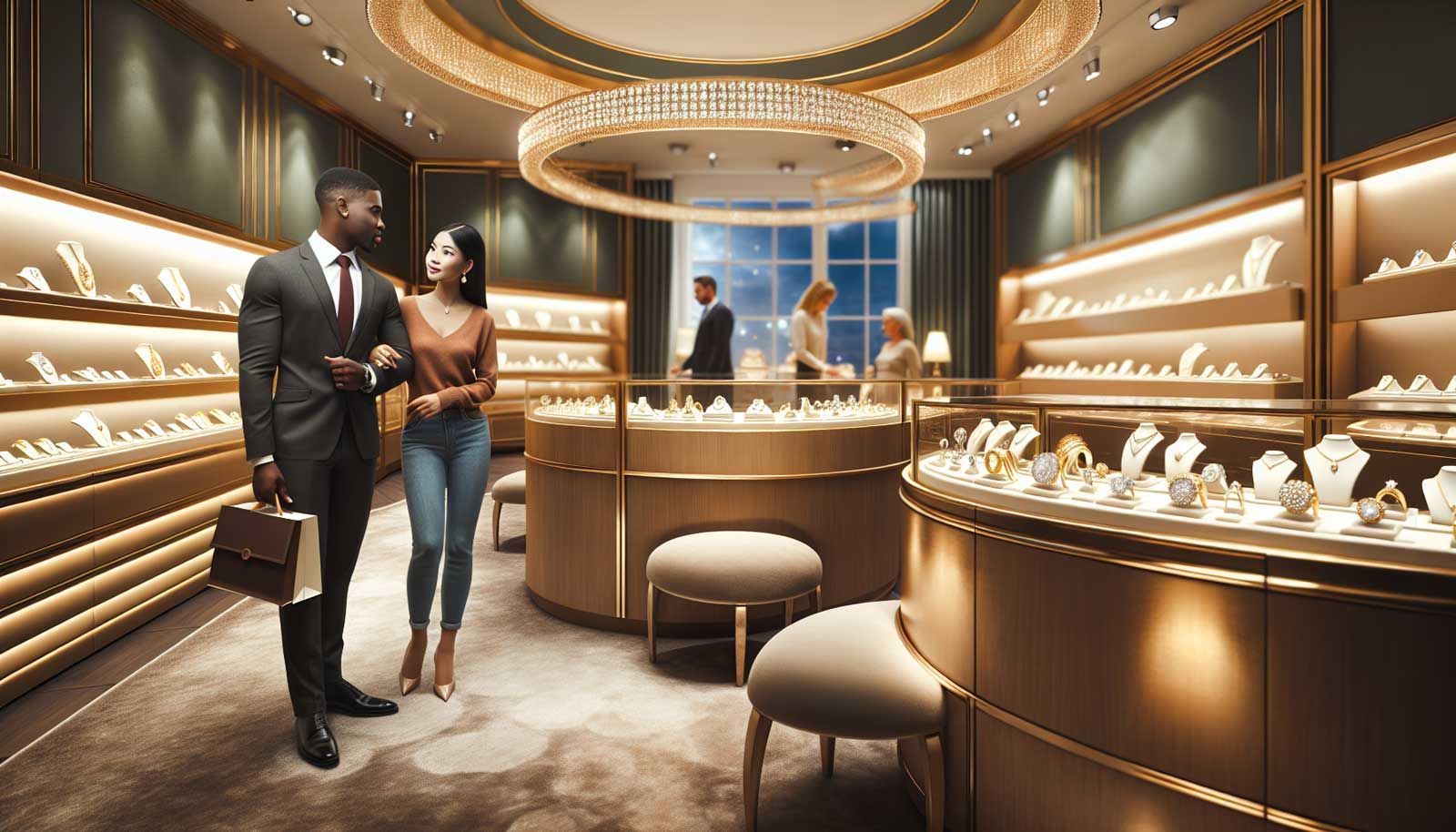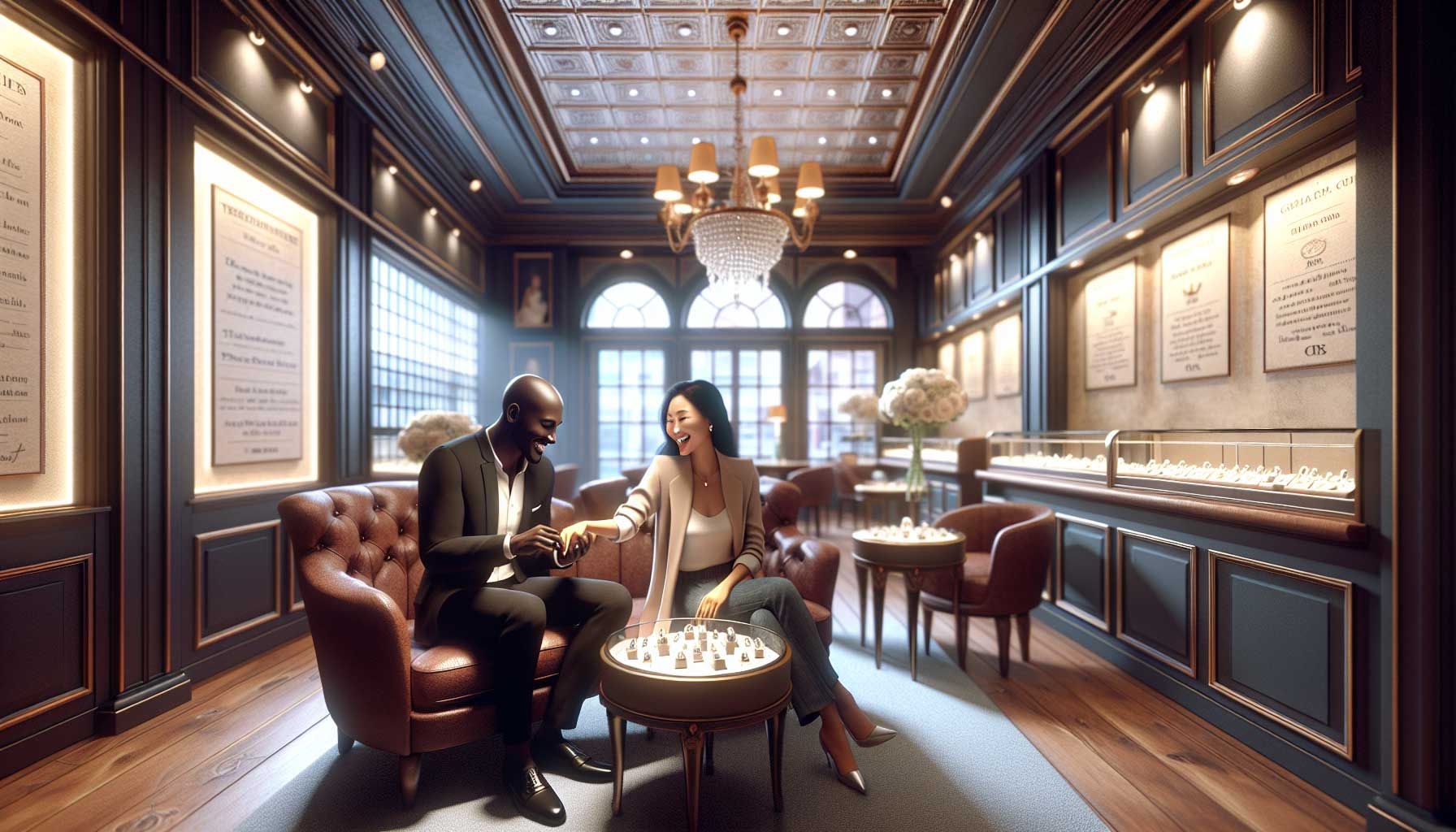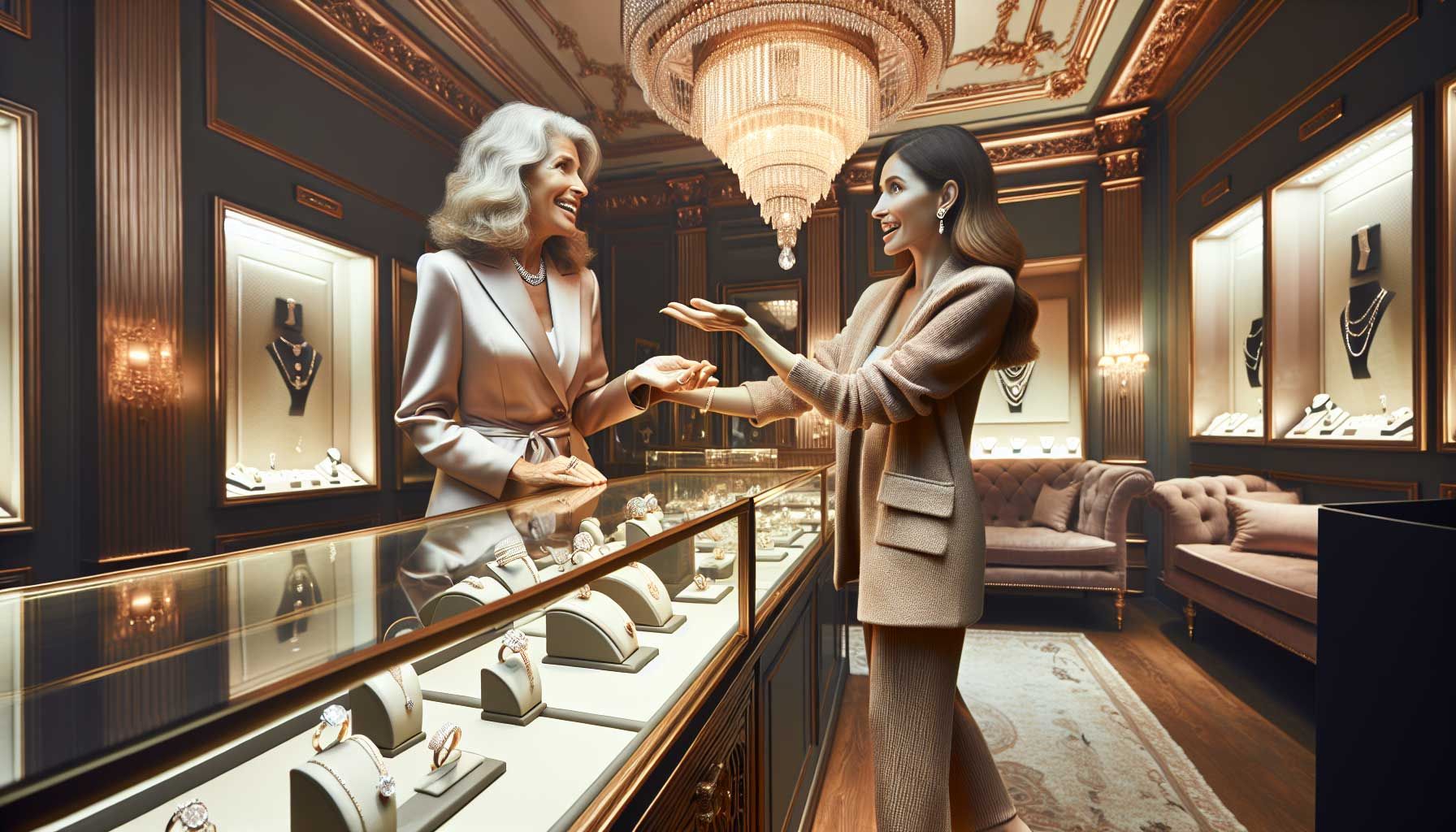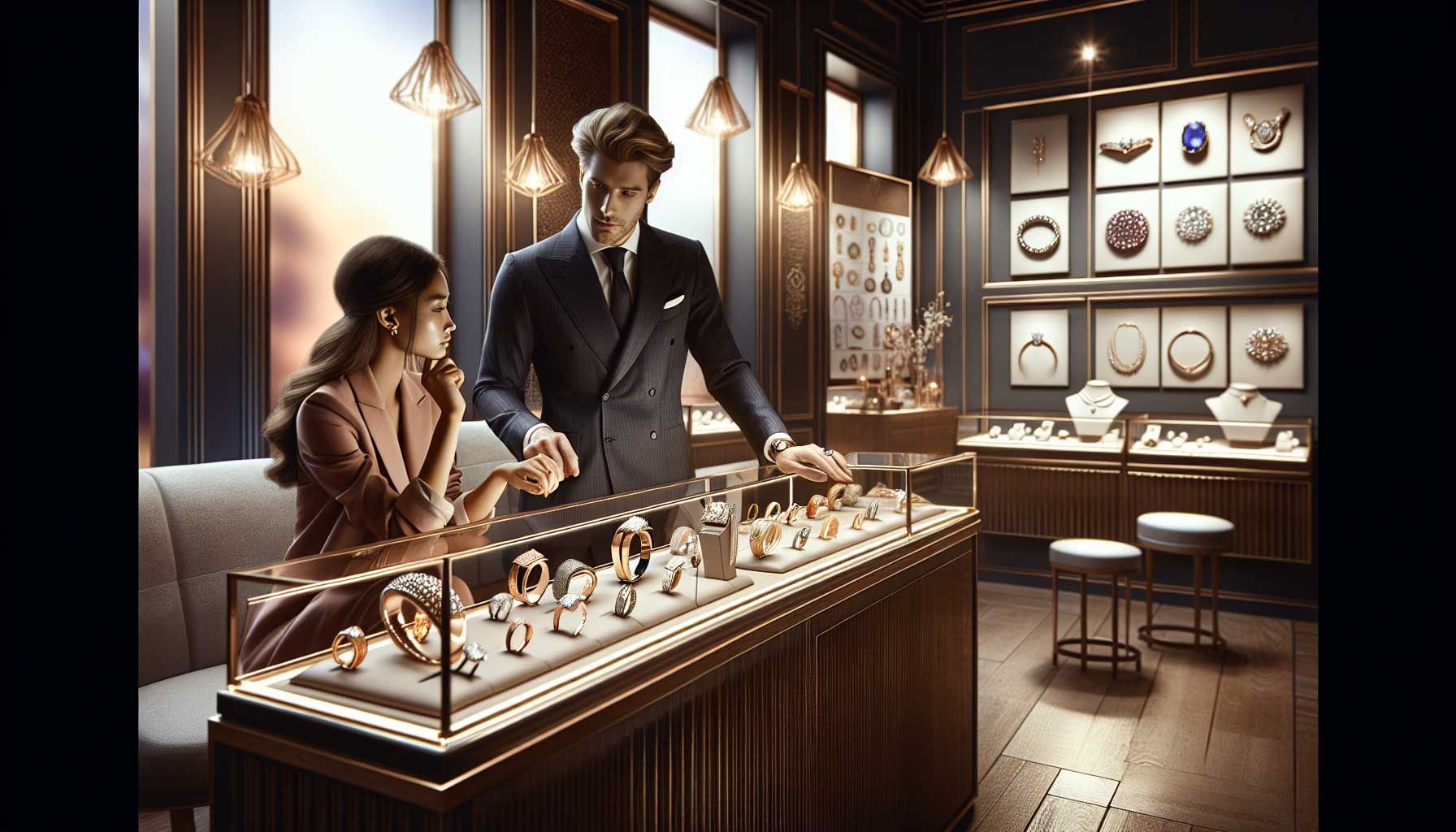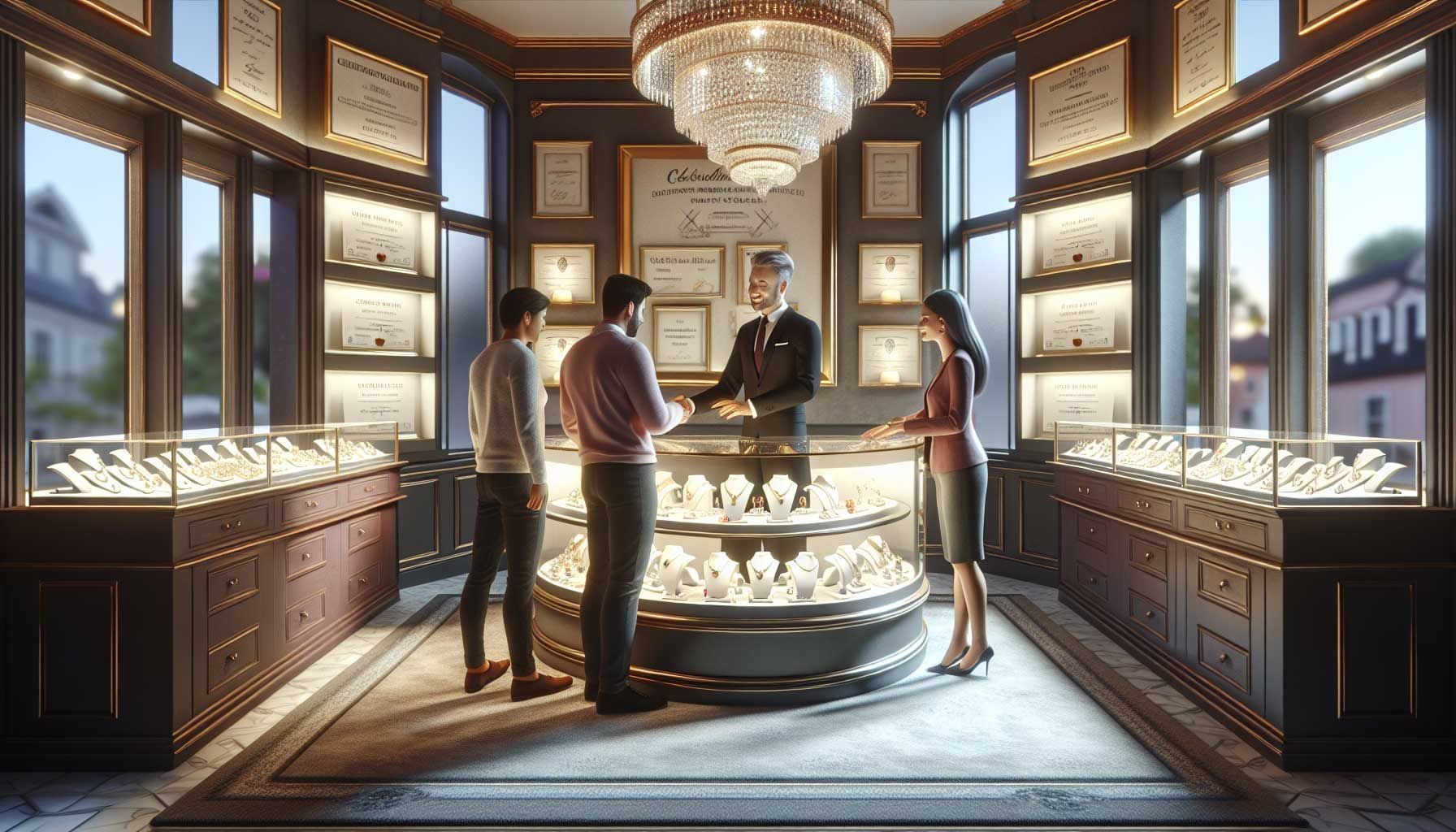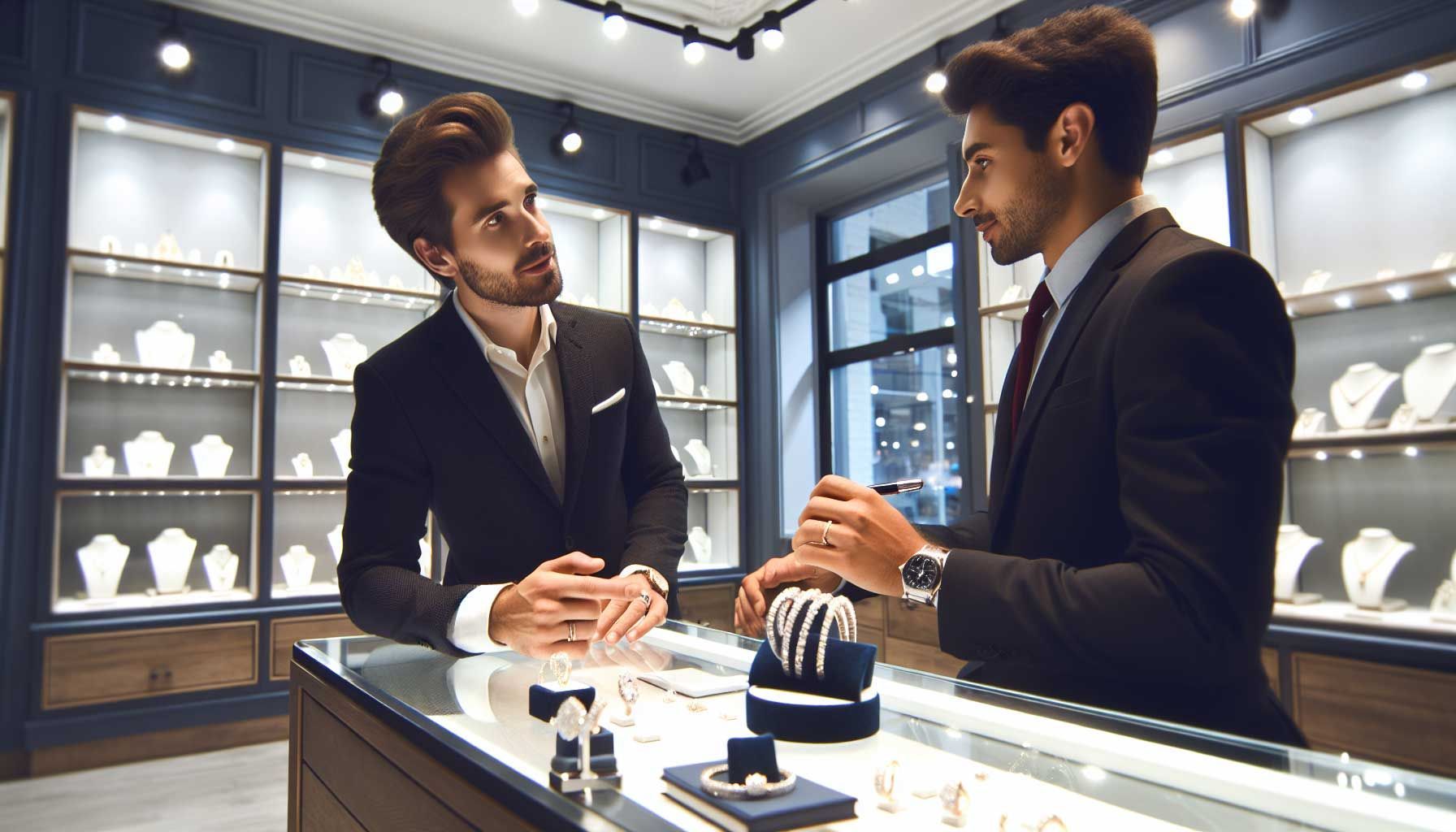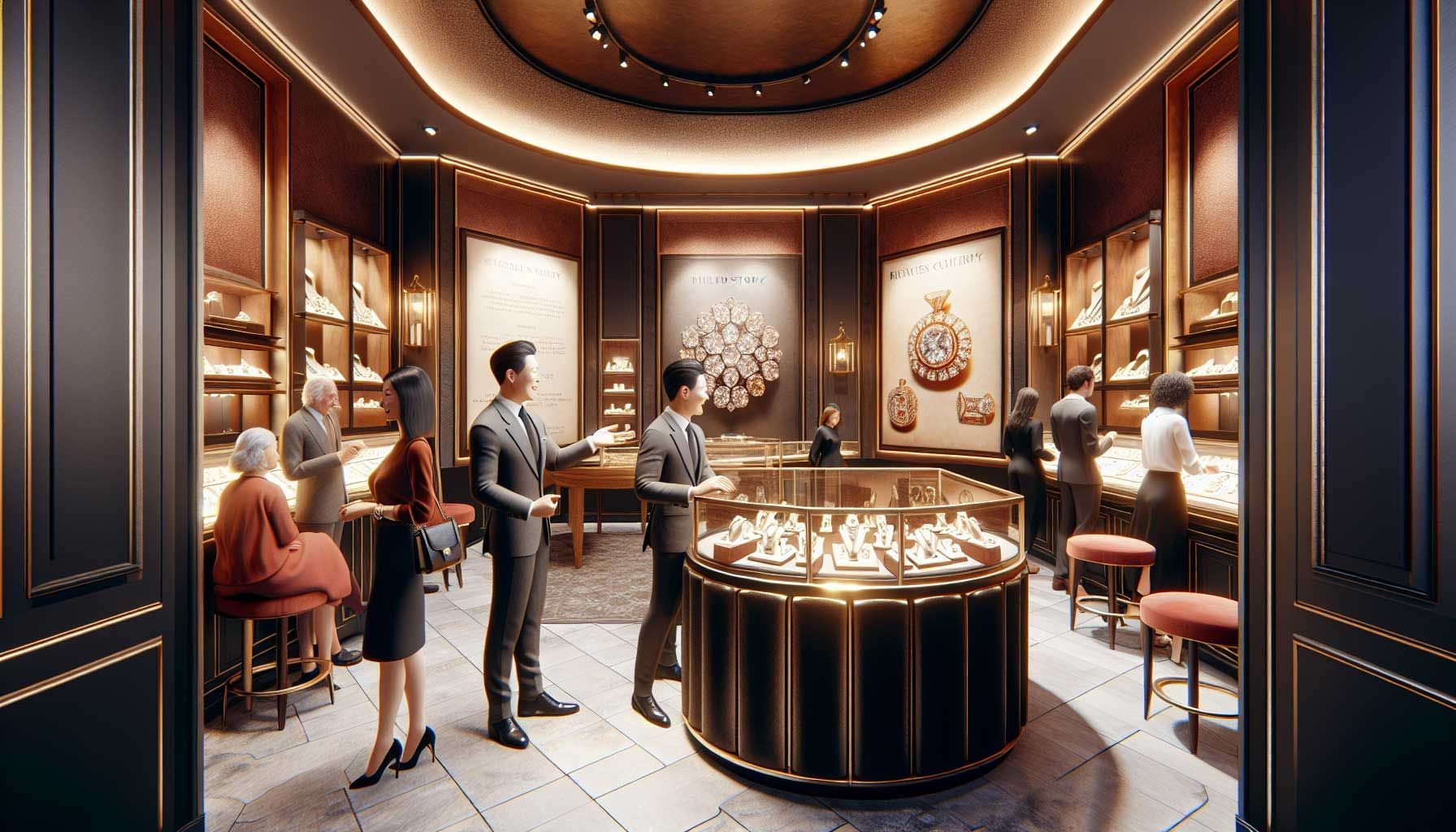How do you adapt your sales style to different customer types in the jewelry industry?
How to Adapt Your Sales Style to Different Customer Types
Sellers in the jewelry industry know that not all customers are the same. Clients come with different backgrounds, preferences, and purchasing motives. Effectively adapting your sales style can make the difference between a lost sale and a long-term customer relationship. In this article, we explore how you can tailor your sales techniques to diverse customer types, allowing you to increase your revenue and deliver excellent customer service.
Why It’s Important to Adapt Your Sales Style
Each type of customer has unique needs and expectations. By adapting your sales style to different customer types, you can better respond to their desires and persuade them to make a purchase. This results in a higher conversion rate and an improved customer experience.
Statistics show that companies that tailor their sales strategies to customer segments can earn 25% more compared to their competitors. This illustrates how important it is to fine-tune your sales techniques based on your target audience.
Pro tip: Conduct research on the customer before a sales conversation. Gathering information about their preferences can help you adjust your approach.The Different Customer Types
Here are some common customer types in the jewelry industry and how you can adjust your sales style to each of them.
1. The Researcher
The Researcher is the customer who wants to know all the details before making a decision. This customer prefers information over emotion and may come into the store to ask about specifications, materials, and prices.
Their purchasing process can take a long time, as they carefully consider their options. They want to be informed about the latest trends and materials.
Pro tip: Ensure you have extensive product information on hand. Be prepared to be patient and answer any questions they have.2. The Emotional Buyer
The Emotional Buyer is often driven by feelings and personal connections. This type of customer frequently visits the jeweler for special occasions like engagements or anniversaries.
They are usually less interested in technical specifications but highly focused on the story behind the product. They want to feel connected to their purchase.
Pro tip: Focus on the story and emotional value of the products you offer. Use visuals to spark their imagination.3. The Price-Sensitive Buyer
The Price-Sensitive Buyer is always looking for the best deal. This type of customer often focuses on discounts and offers. They may be more sensitive to pricing and are not always swayed by the quality of the product.
It’s important to understand and address their price sensitivity. They want value for their money and will scrutinize every detail of the offer.
Pro tip: Highlight the value of your products. Provide insight into quality differences and how your offer compares to cheaper alternatives.4. The Impulsive Buyer
The Impulsive Buyer makes decisions based on their immediate feelings. They are often unprepared and may make an impulsive purchase, especially if they really like a product.
They appreciate attractive displays and a quick sales experience. It’s important to respond to their spontaneous decisions at the right moment.
Pro tip: Create an attractive, inviting store environment. Ensure that your promotions or special offers are readily available.How to Adjust Your Sales Style
Adapting your sales style to the different customer types requires self-awareness and skill. Here are some practical techniques you can apply.
1. Active Listening
A crucial aspect of sales is the ability to actively listen. This means really paying attention to what the customer says and understanding their needs and questions. This can help you tailor your response and advice.
Pro tip: Reflect on what you’ve heard by rephrasing questions. This indicates that you’re listening and gives you the chance to confirm important points.2. Flexibility in Communication
Every customer has a unique communication style. Some are direct and expect efficient responses, while others may prefer a more personal approach. The key is to be flexible and adjust your communication style to theirs.
Pro tip: Pay attention to the customer’s non-verbal signals. This can help you determine how to adjust your communication.3. Offering Solutions
Instead of simply offering products, you should present solutions that align with the customer's specific needs. This means understanding their desires and helping them choose the right product.
Pro tip: Frame your offers as solutions to their problems. This can help the customer connect better with the product.The Role of Technology in Sales
With advancing technology, you can further tailor your sales style to customer types. Customer Relationship Management (CRM) software allows jewelers to collect and analyze customer data, giving sellers better insight into their preferences.
Additionally, social media and online marketing strategies can help to understand customer segments and make targeted offers.
Pro tip: Utilize CRM tools to track customer behavior and use this data to continuously improve your sales techniques.Conclusion
Adapting your sales style to different customer types is crucial for maximizing your success in the jewelry industry. By addressing the unique needs of each customer, you not only boost your sales but also build valuable customer relationships.
Remember that every interaction is an opportunity to win a customer for life. By understanding who you’re speaking to and refining your approach, you can find the perfect balance between sales and customer satisfaction.
Pro tip: Keep learning and improving your adaptability. The jewelry market is constantly changing, and you must also evolve.
Take your store to the next level
Start automating and digitizing your store processes today. PrismaNote helps retailers with this. Discover what we can do for you via the menu above.
- George
